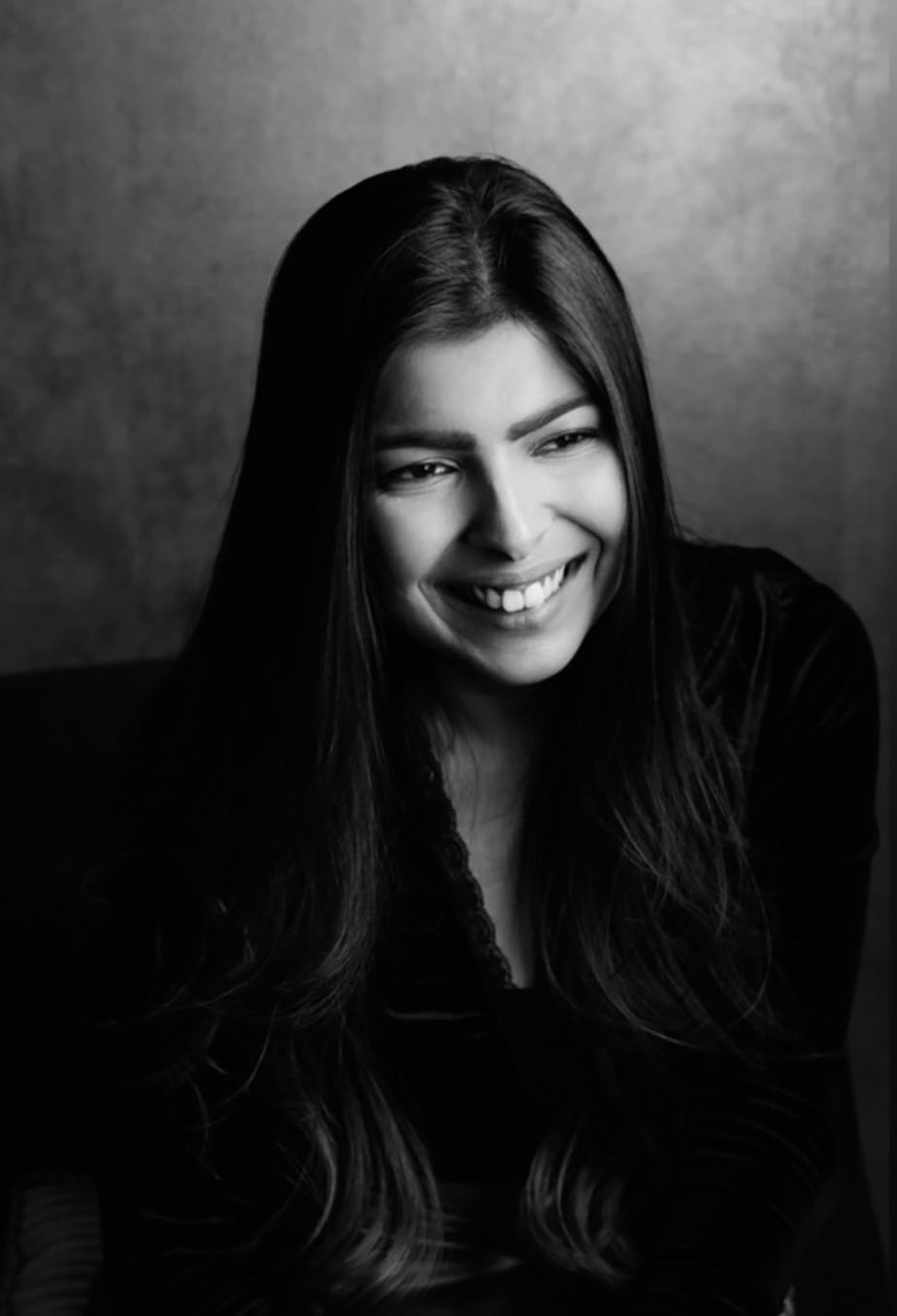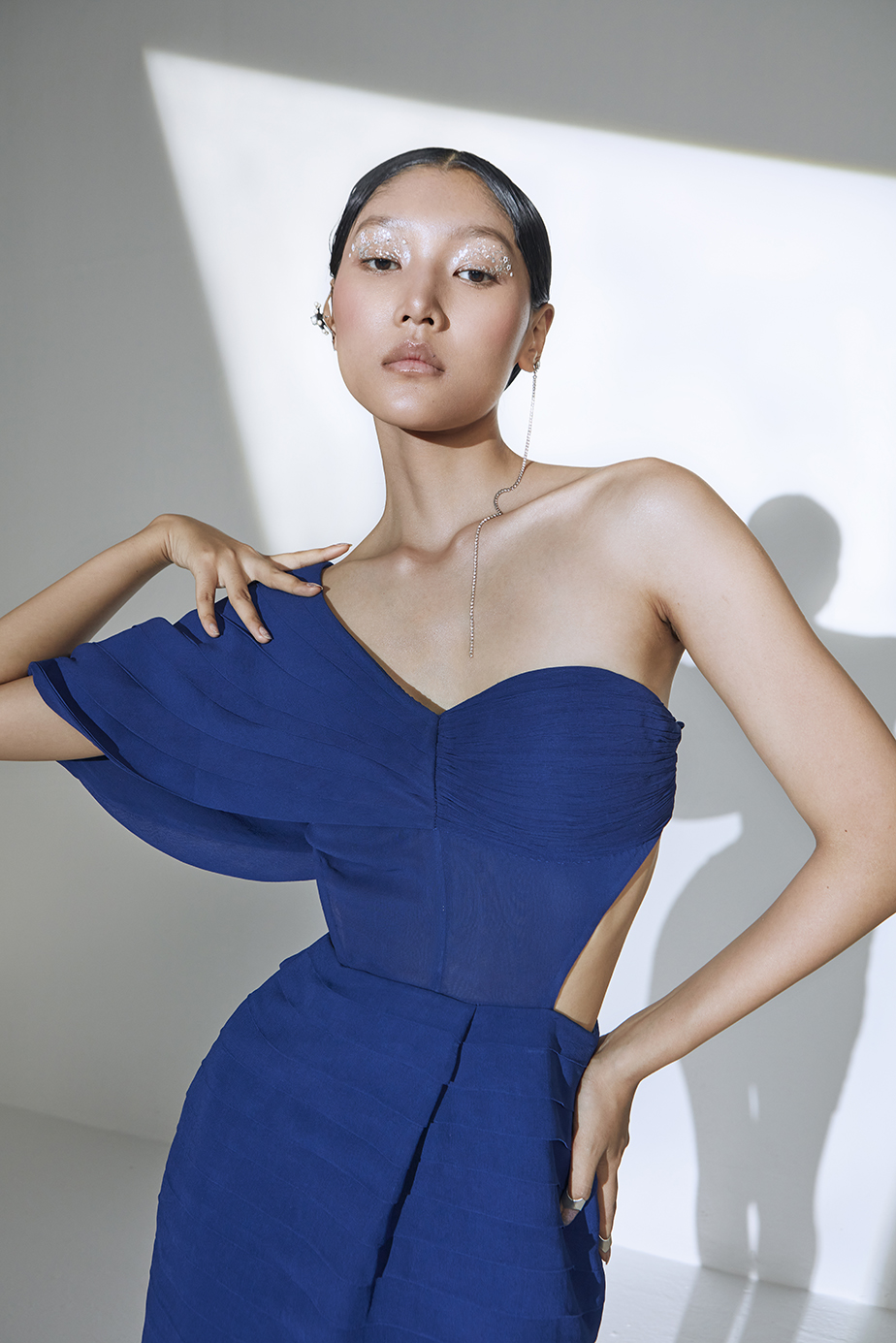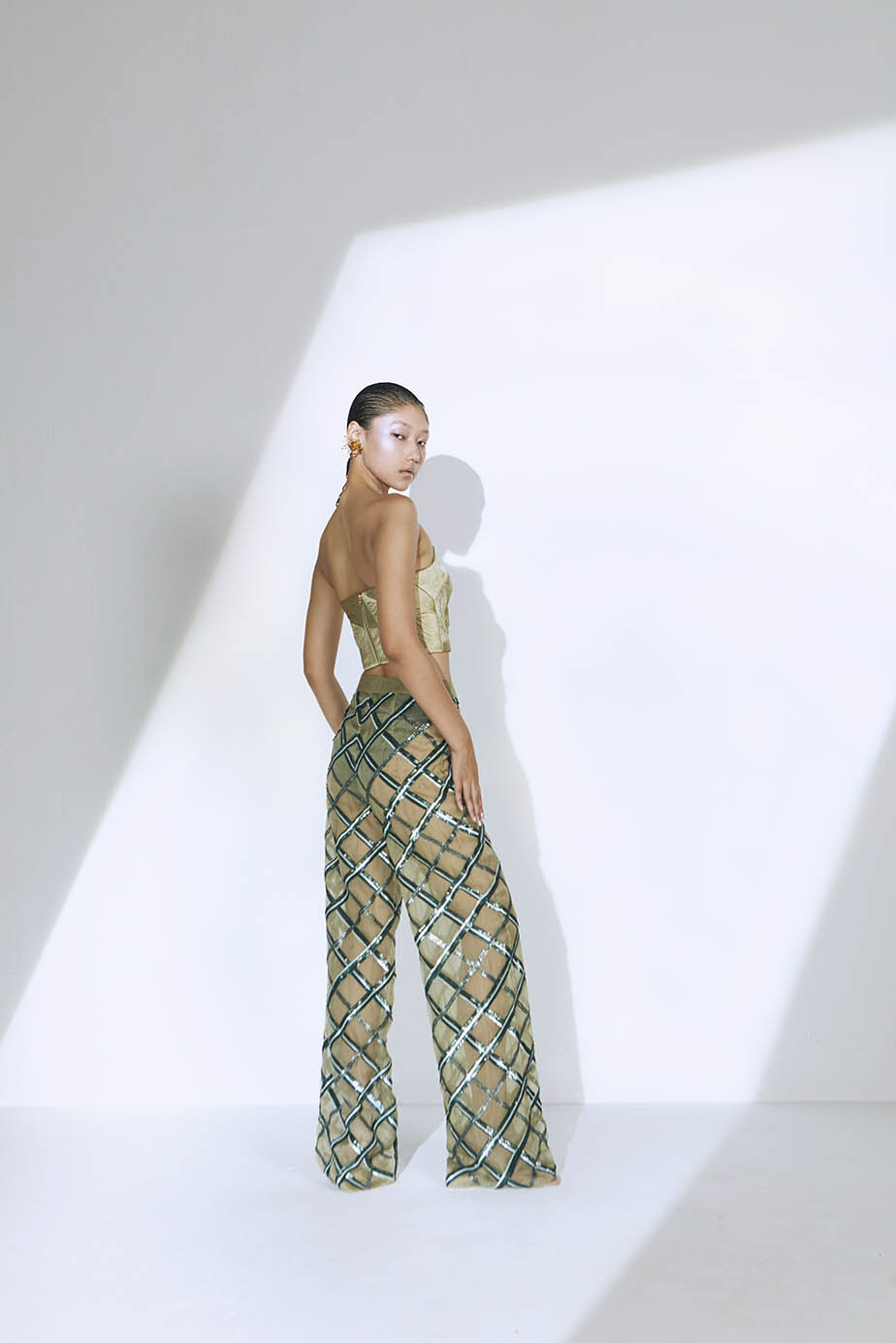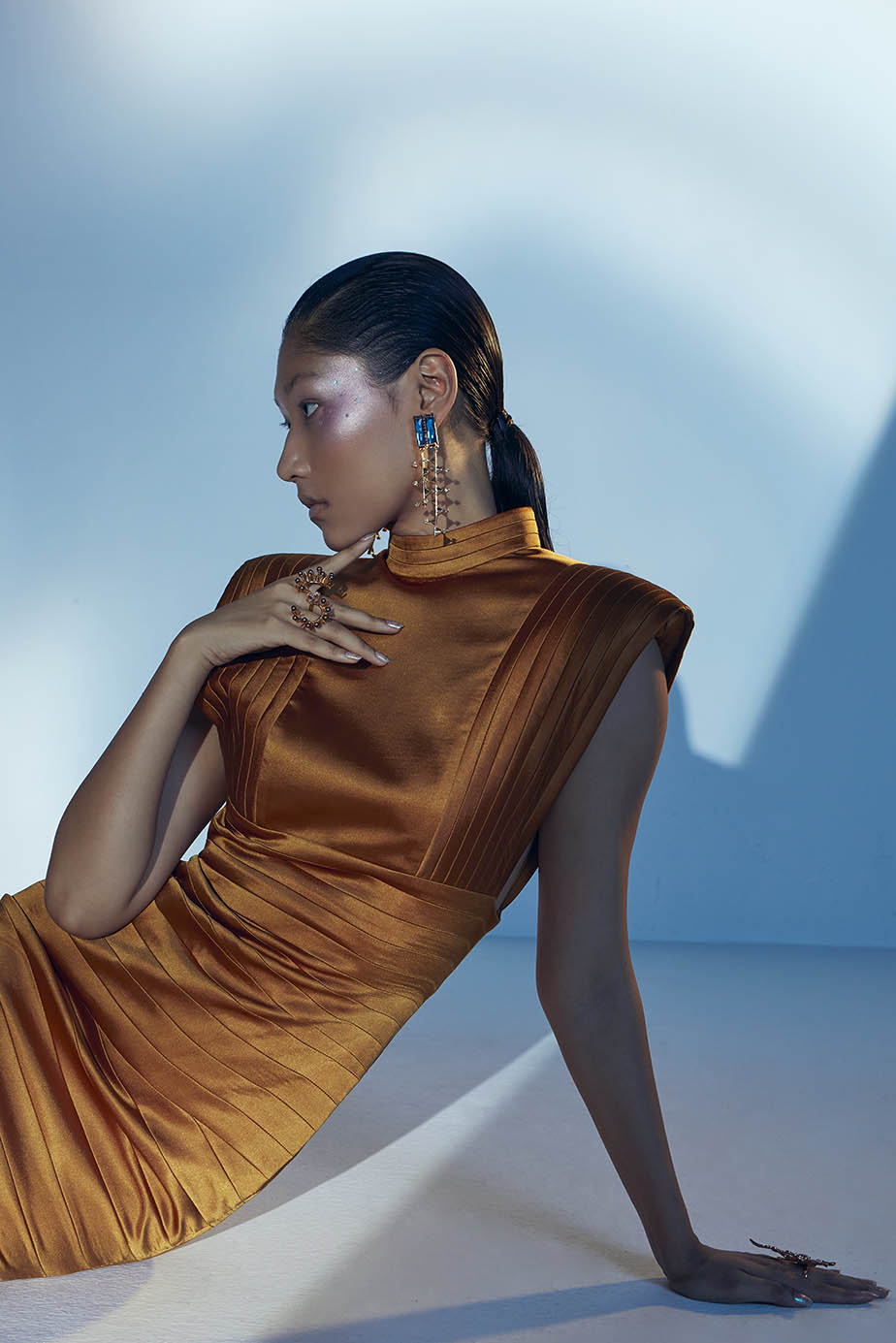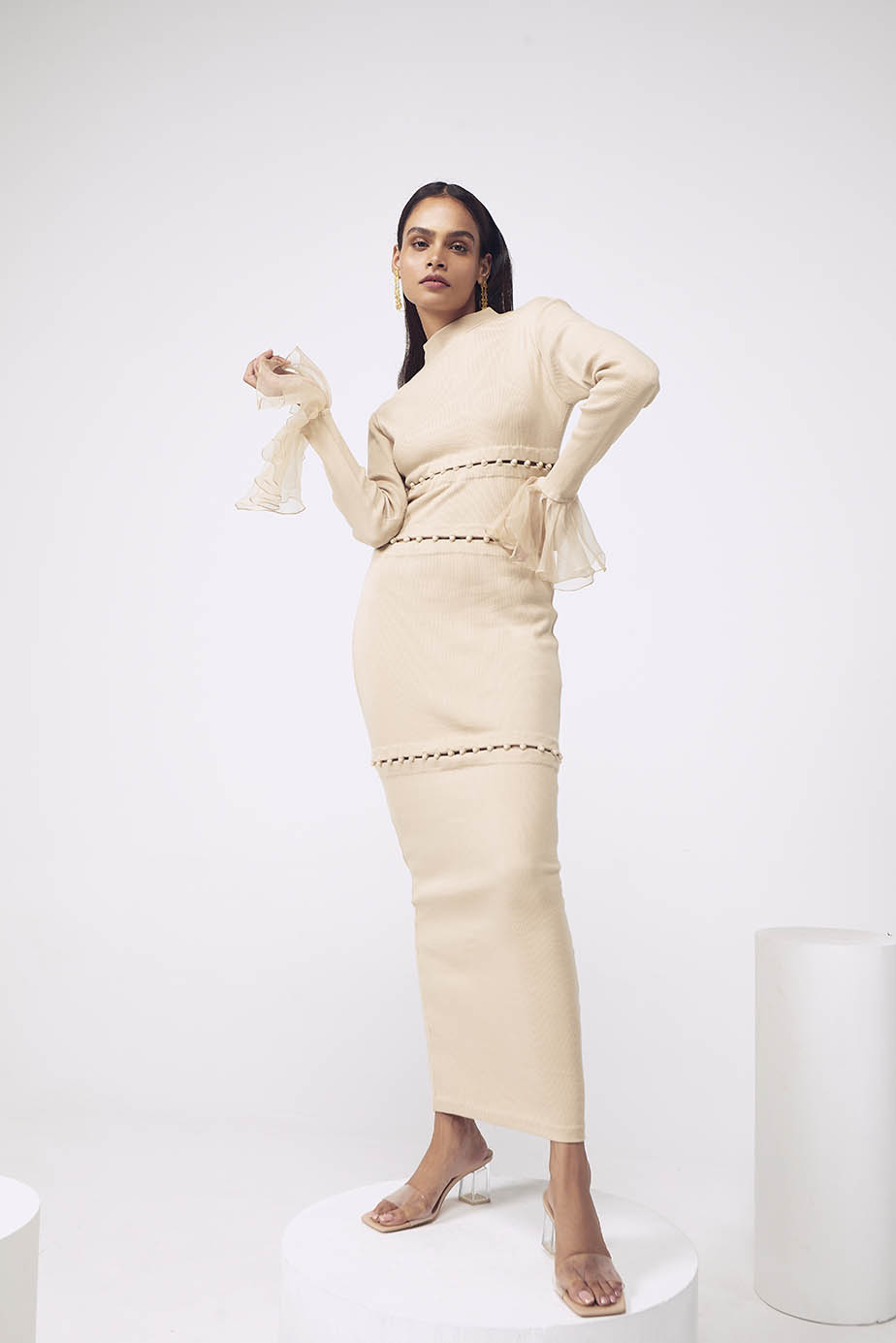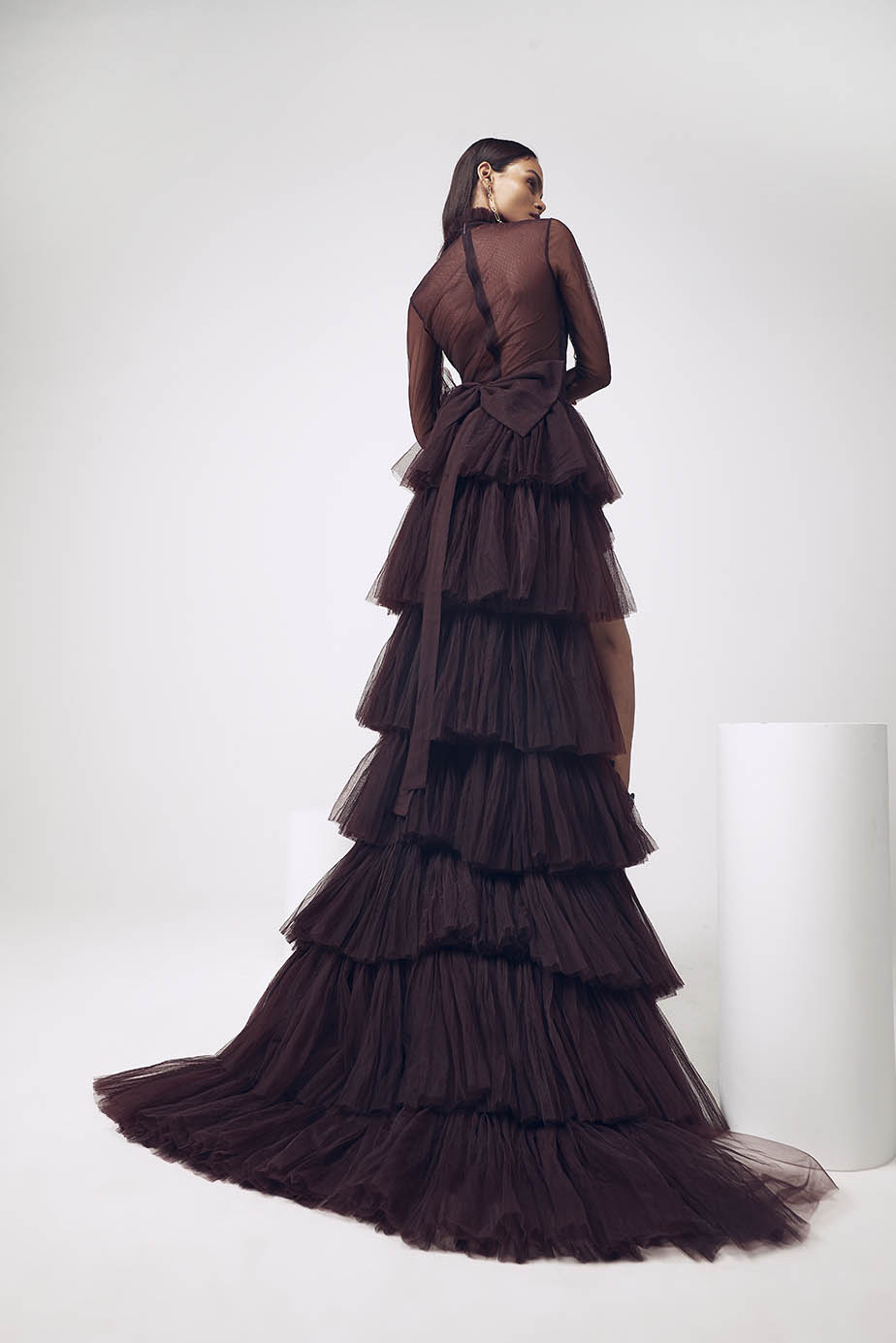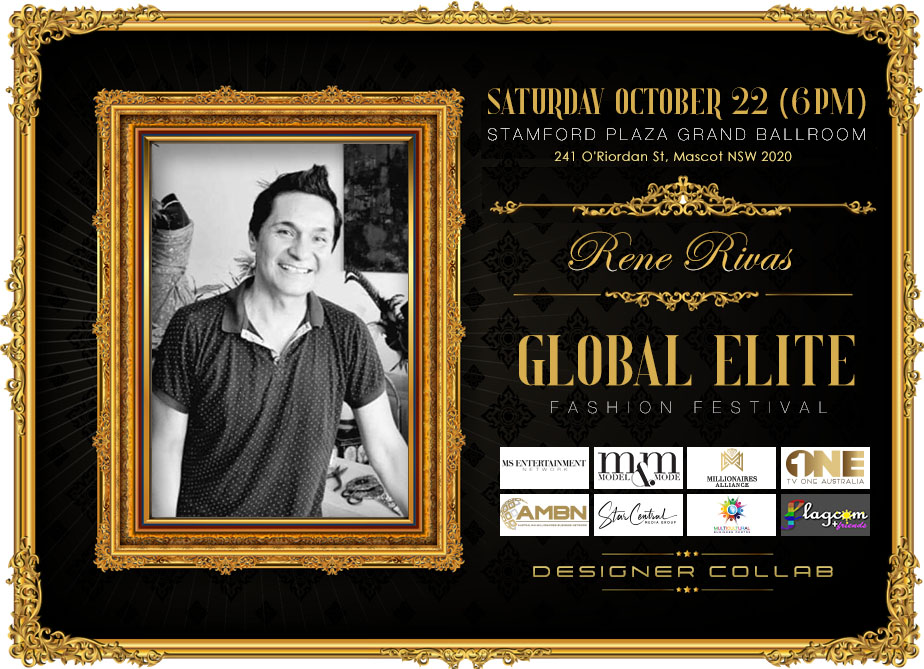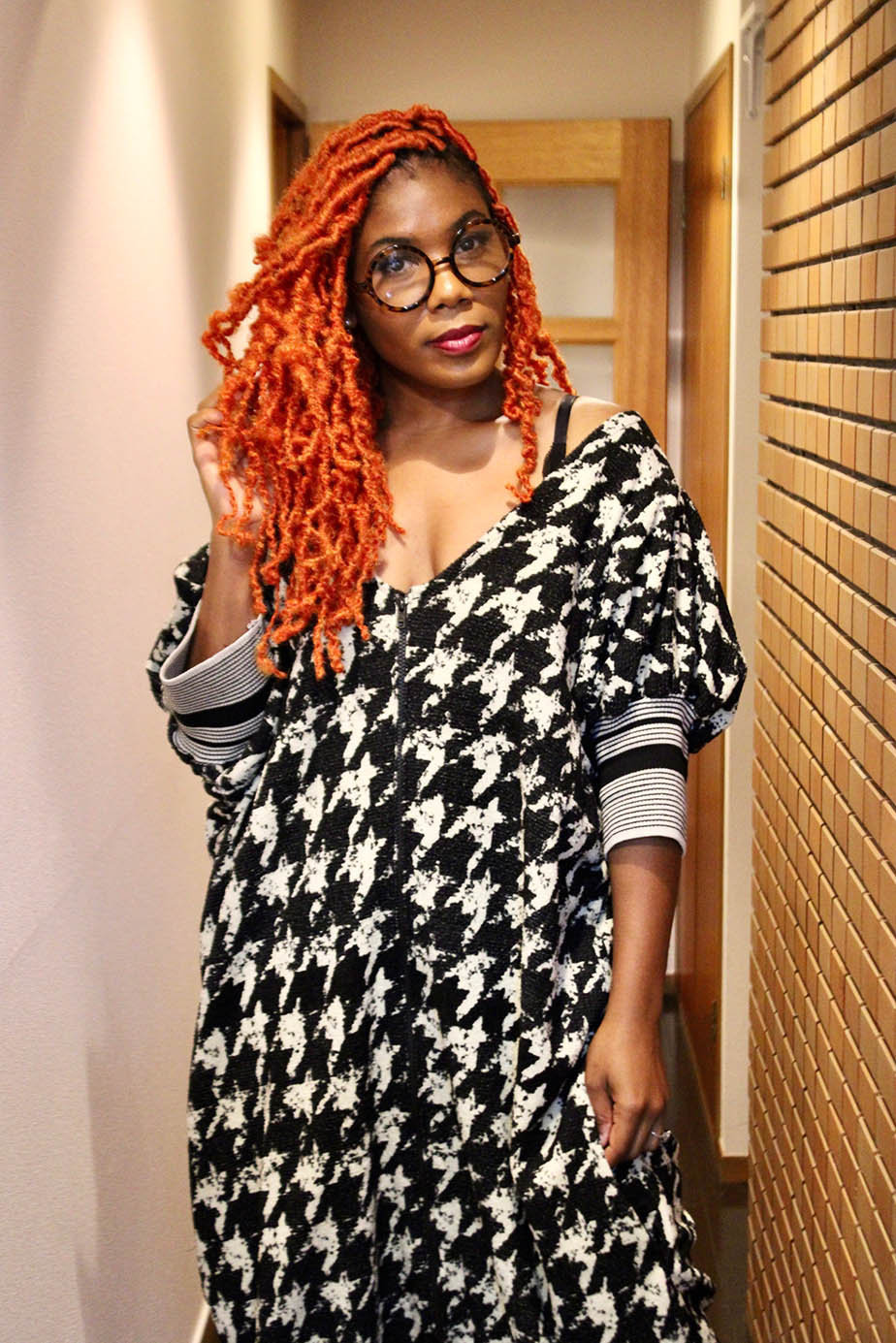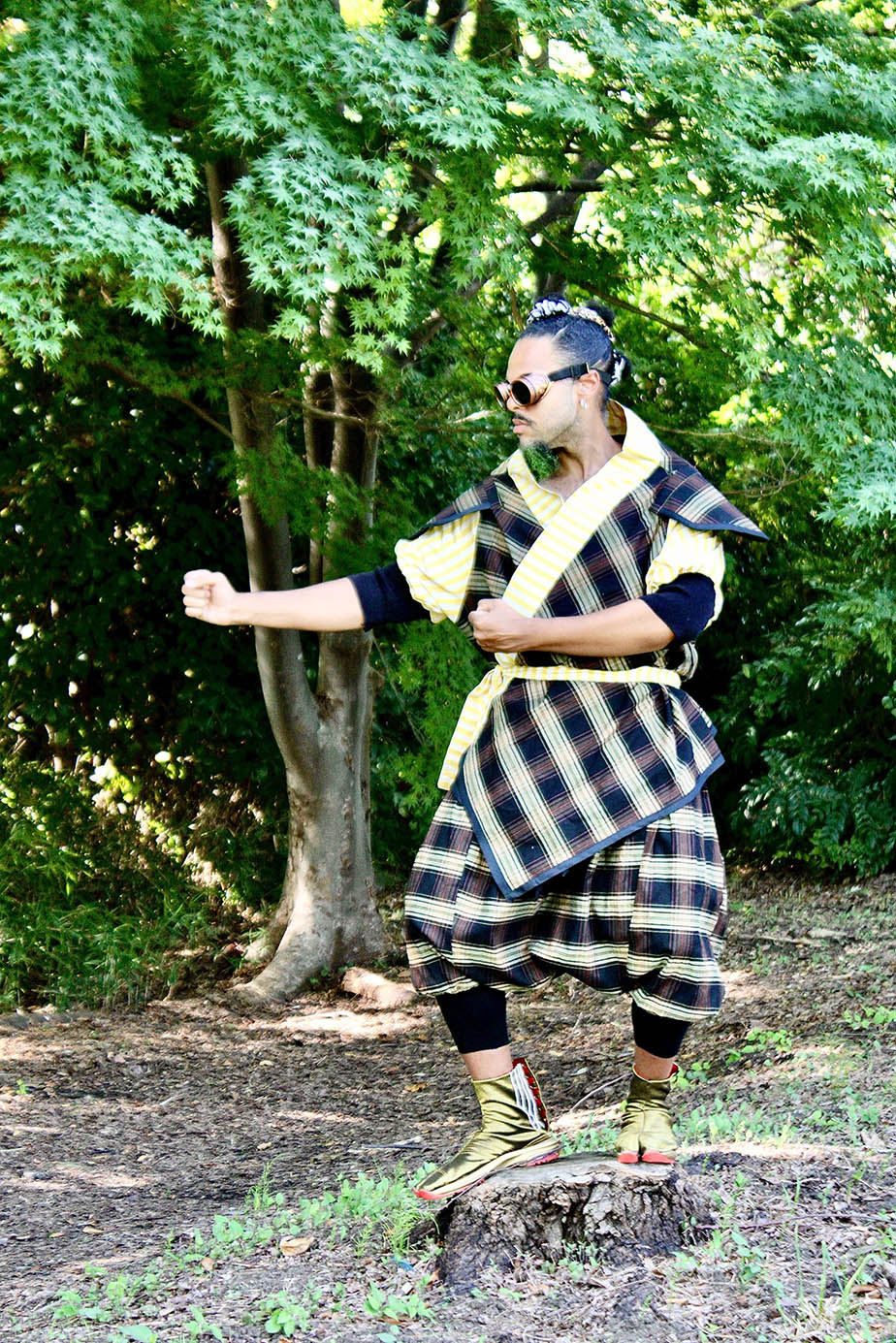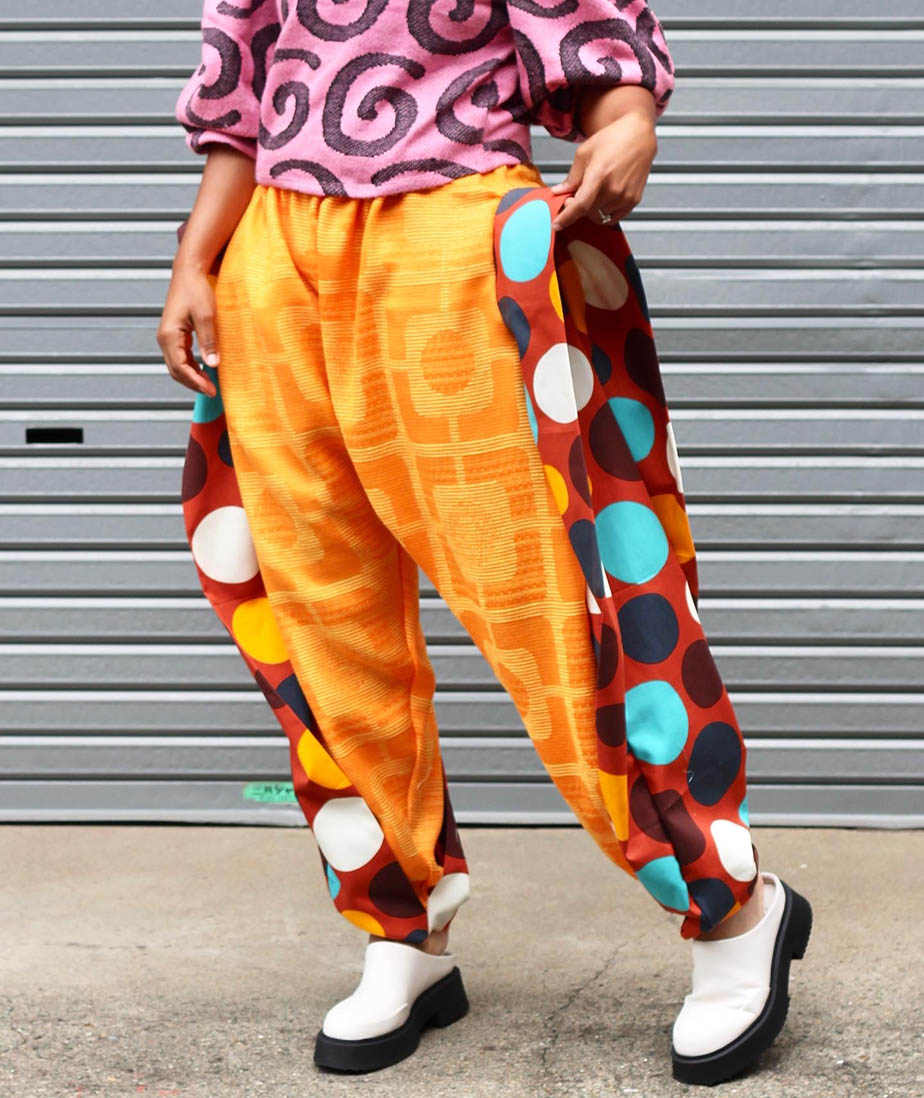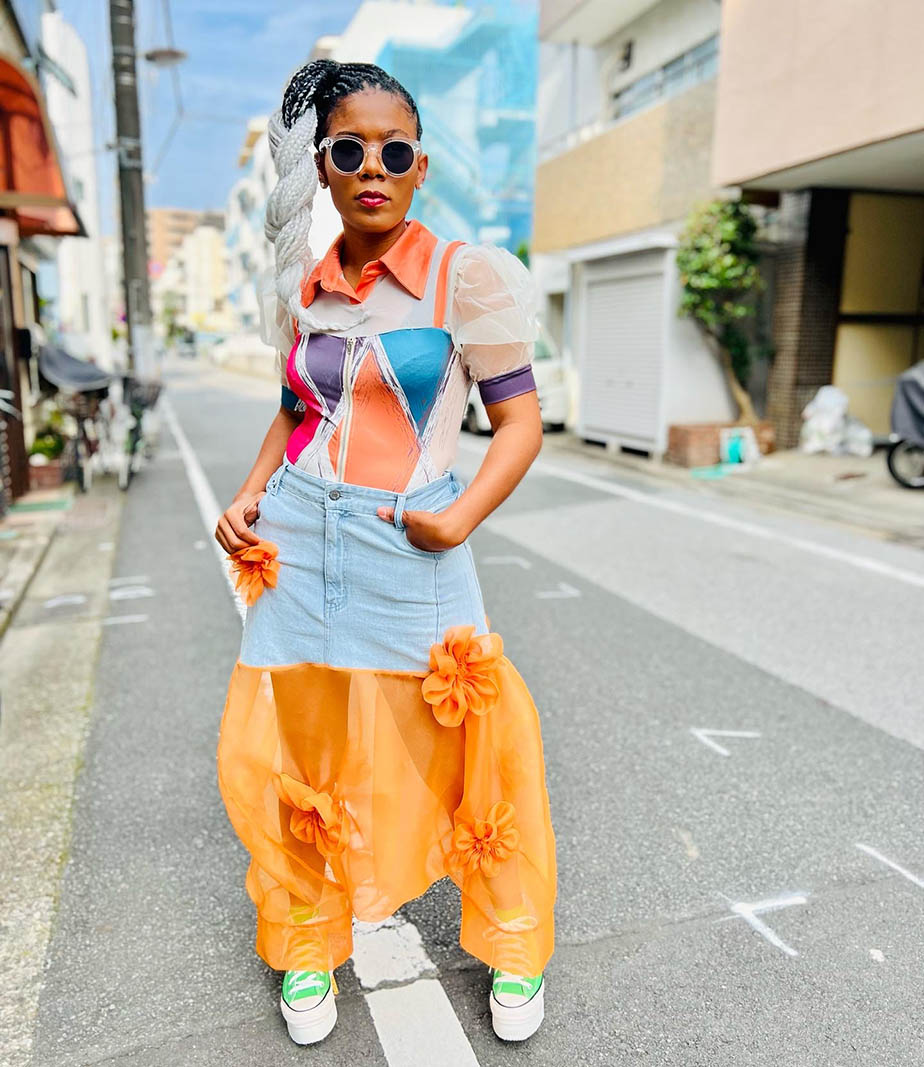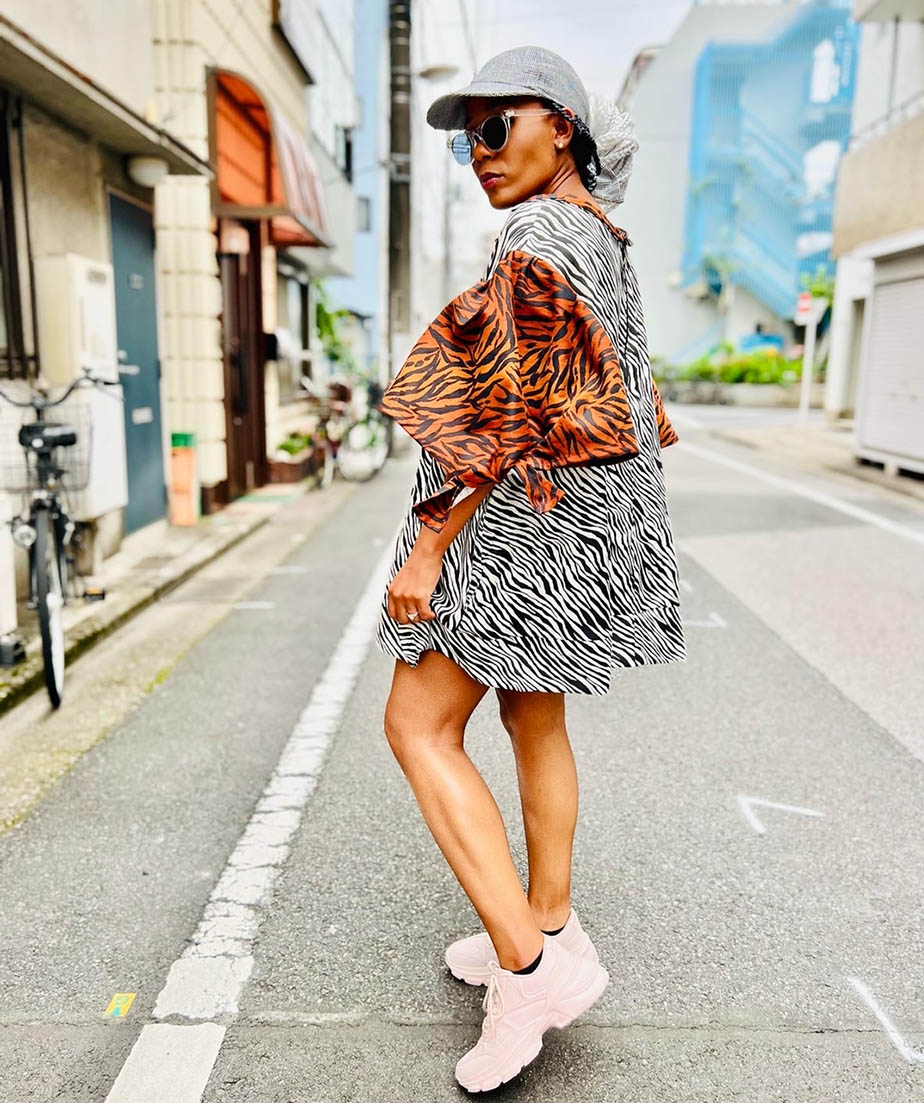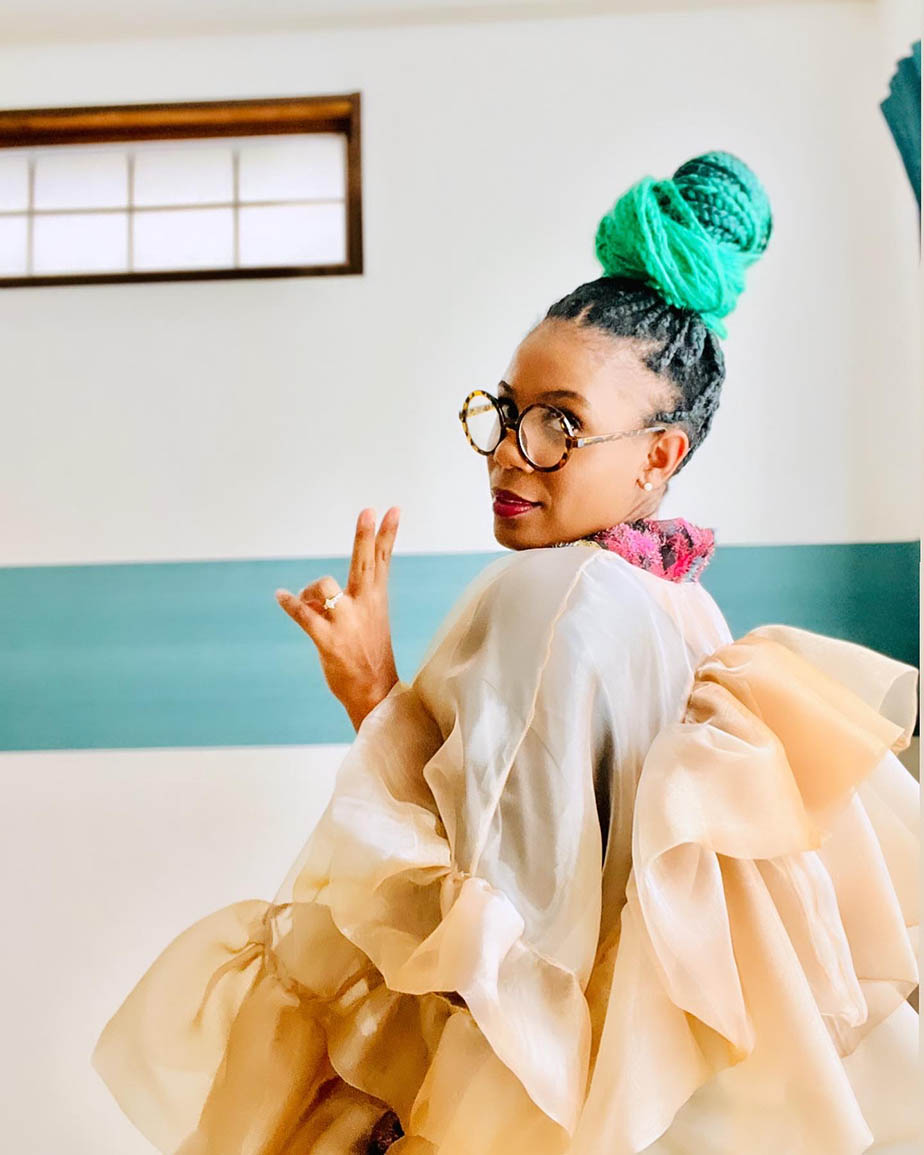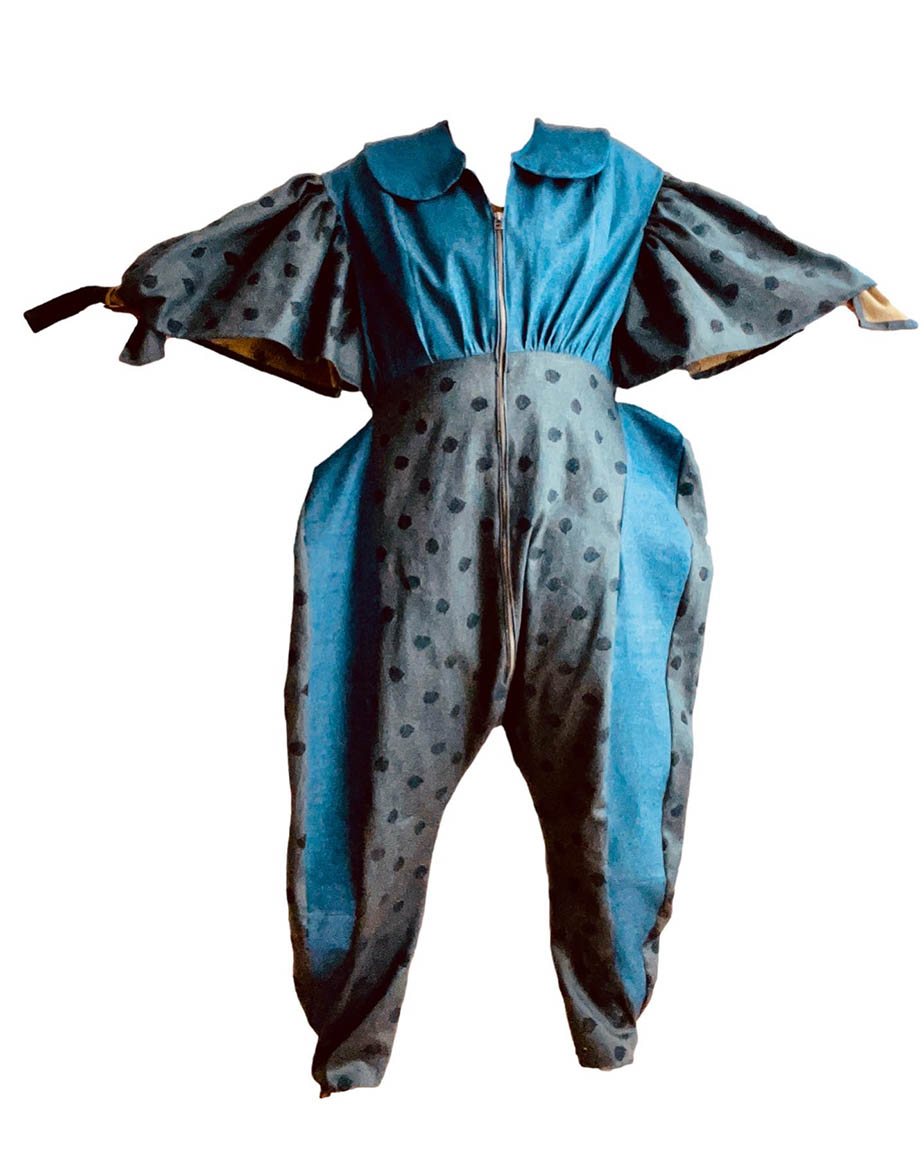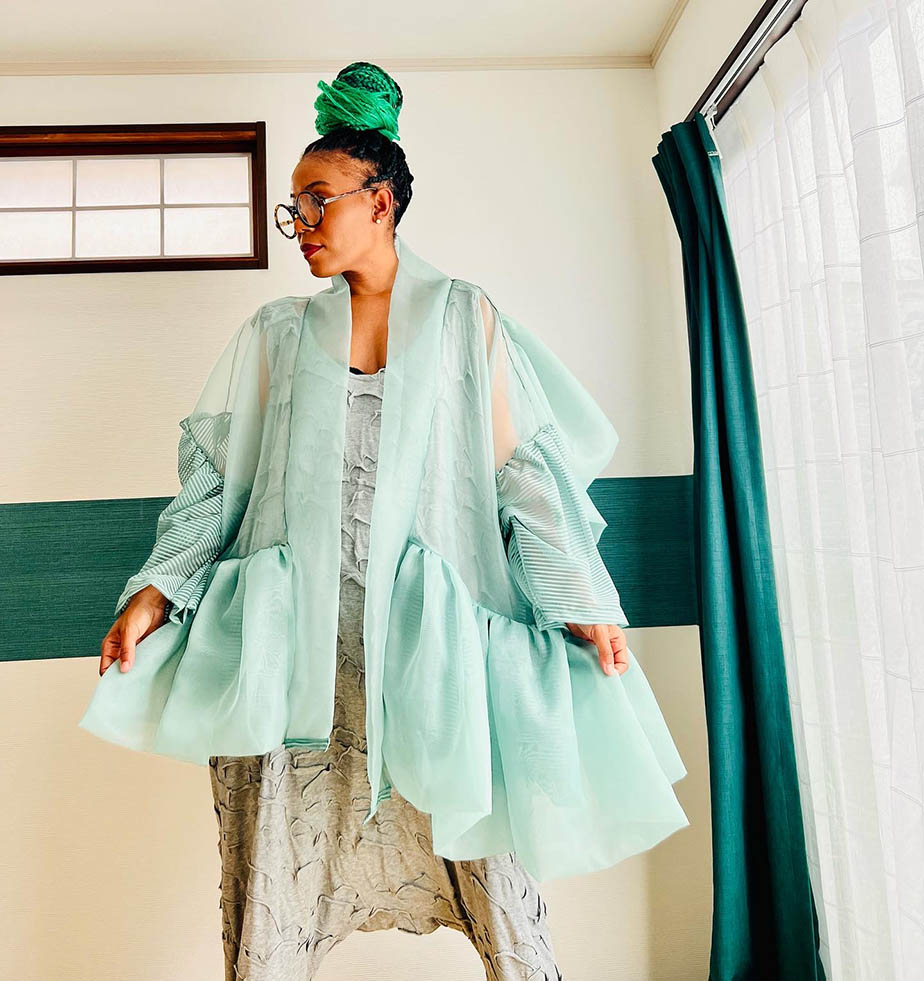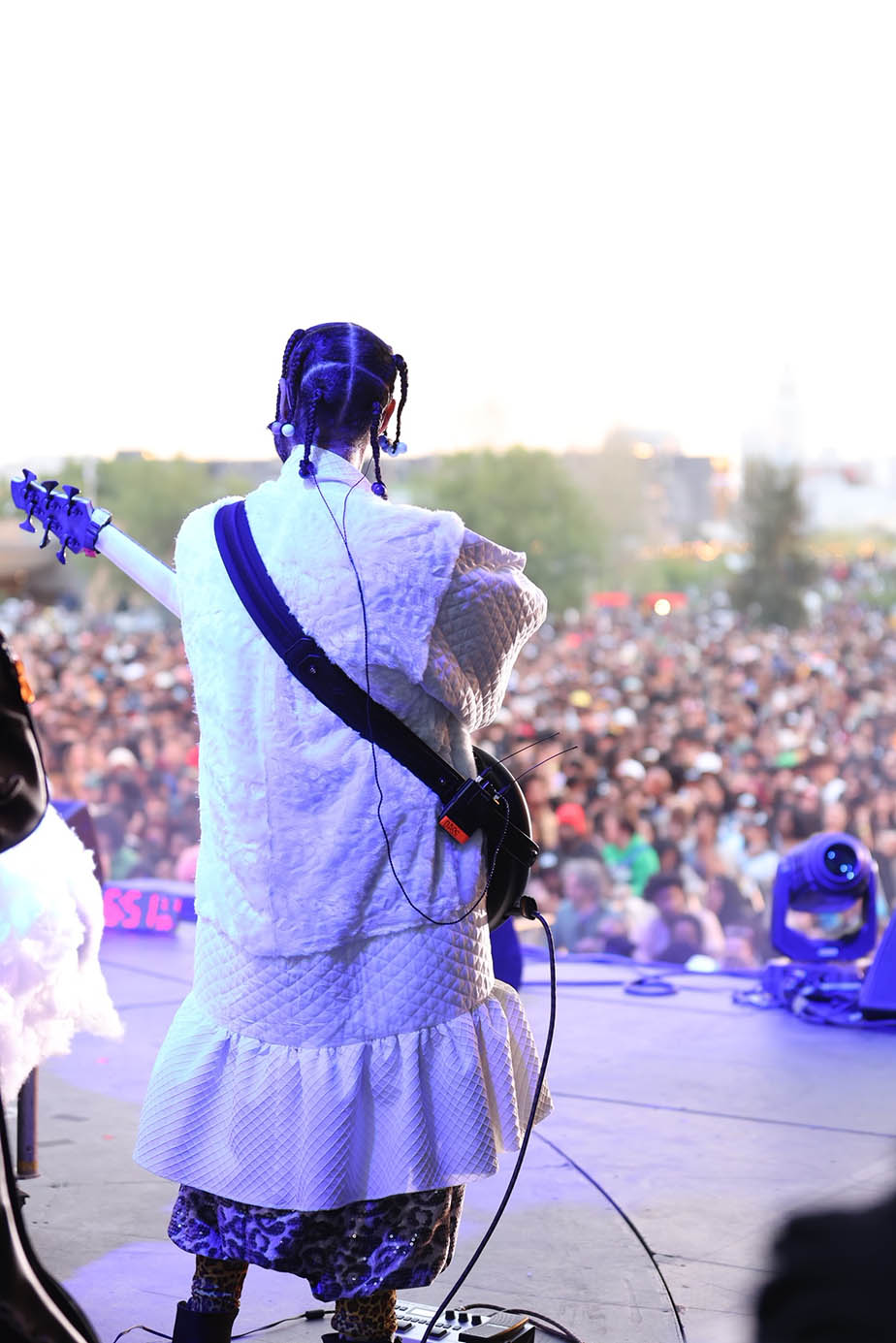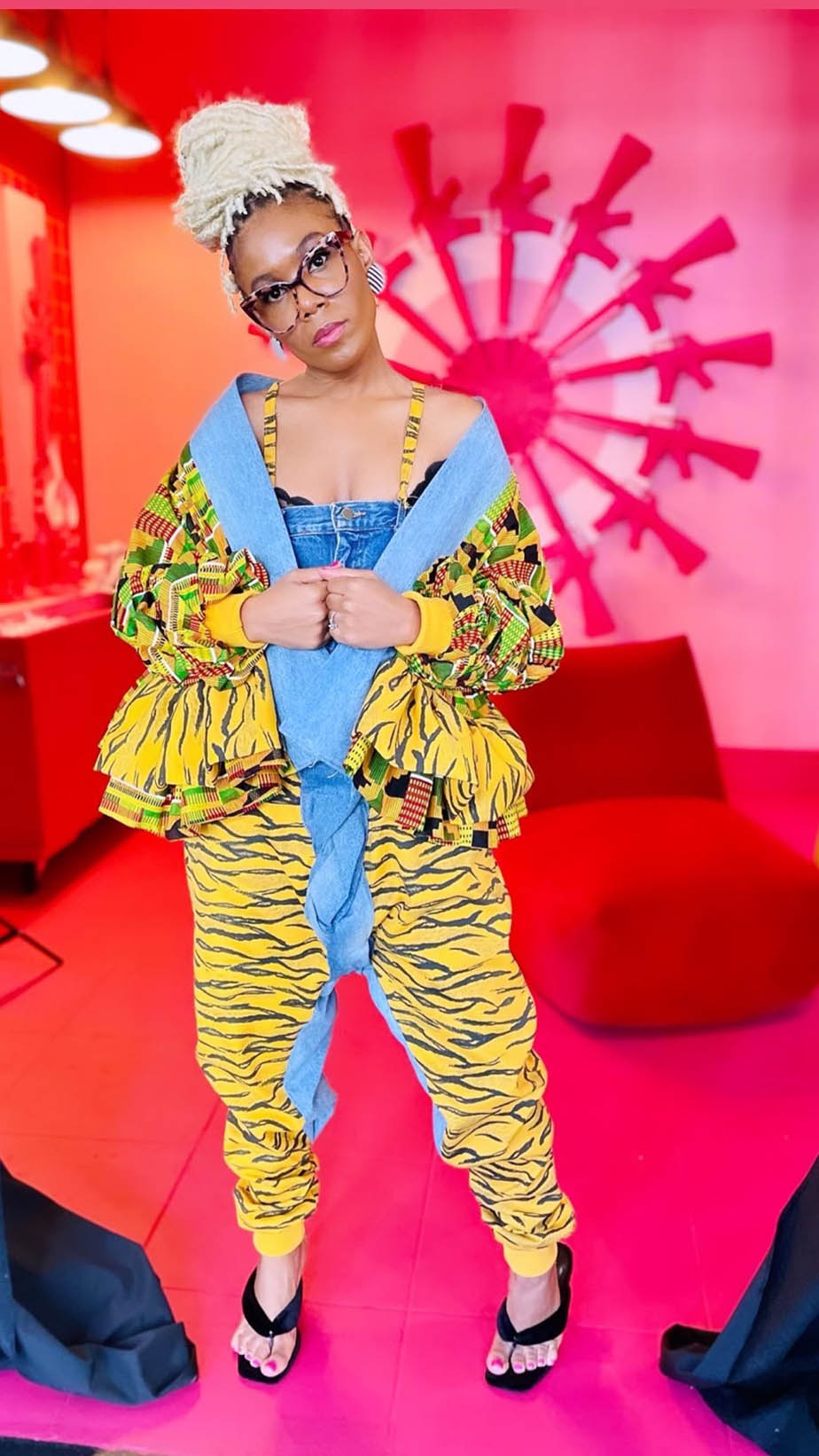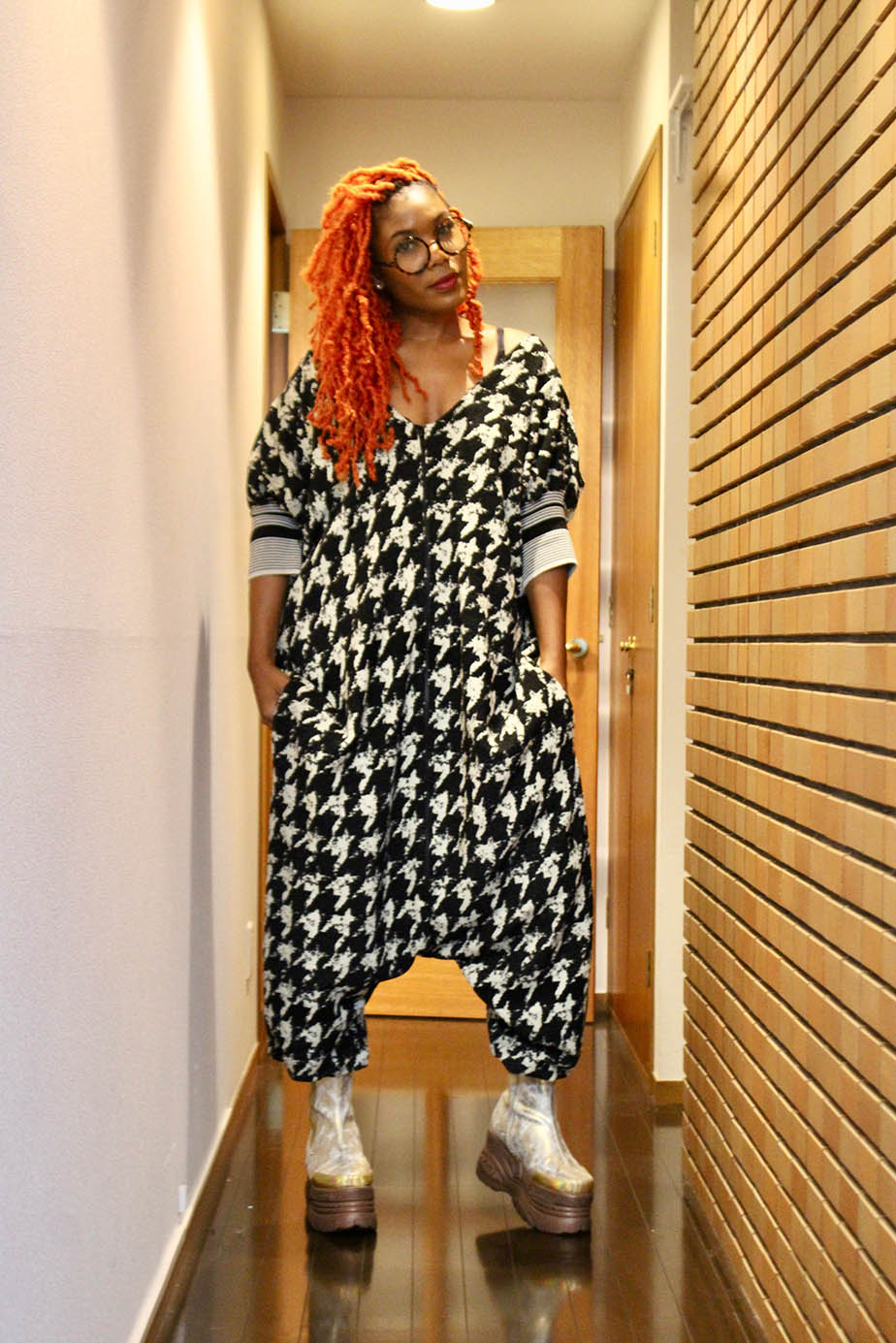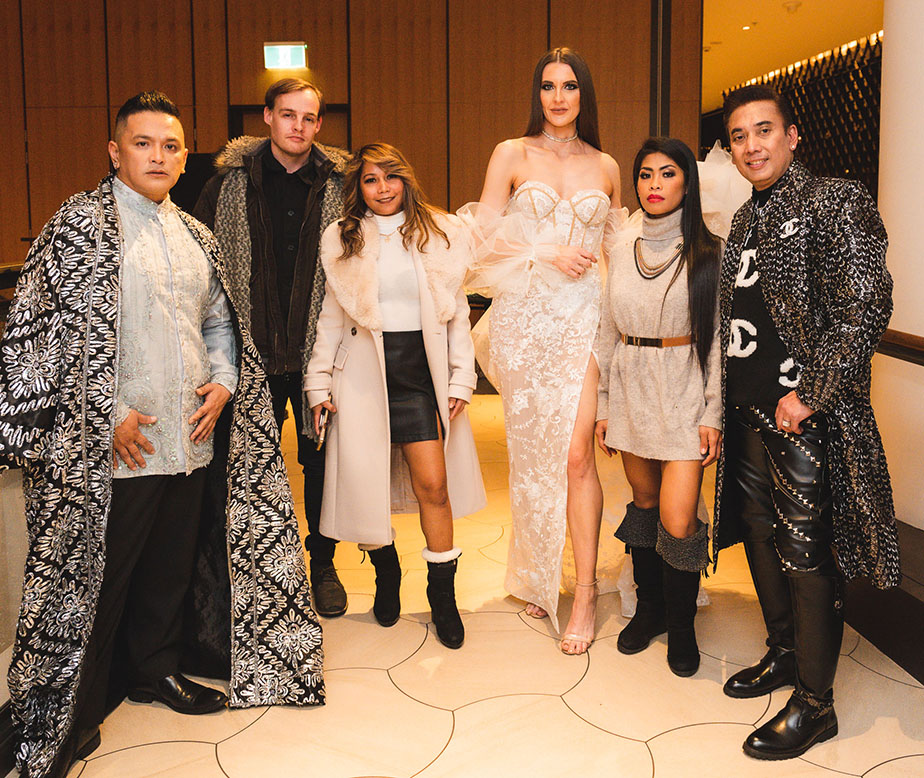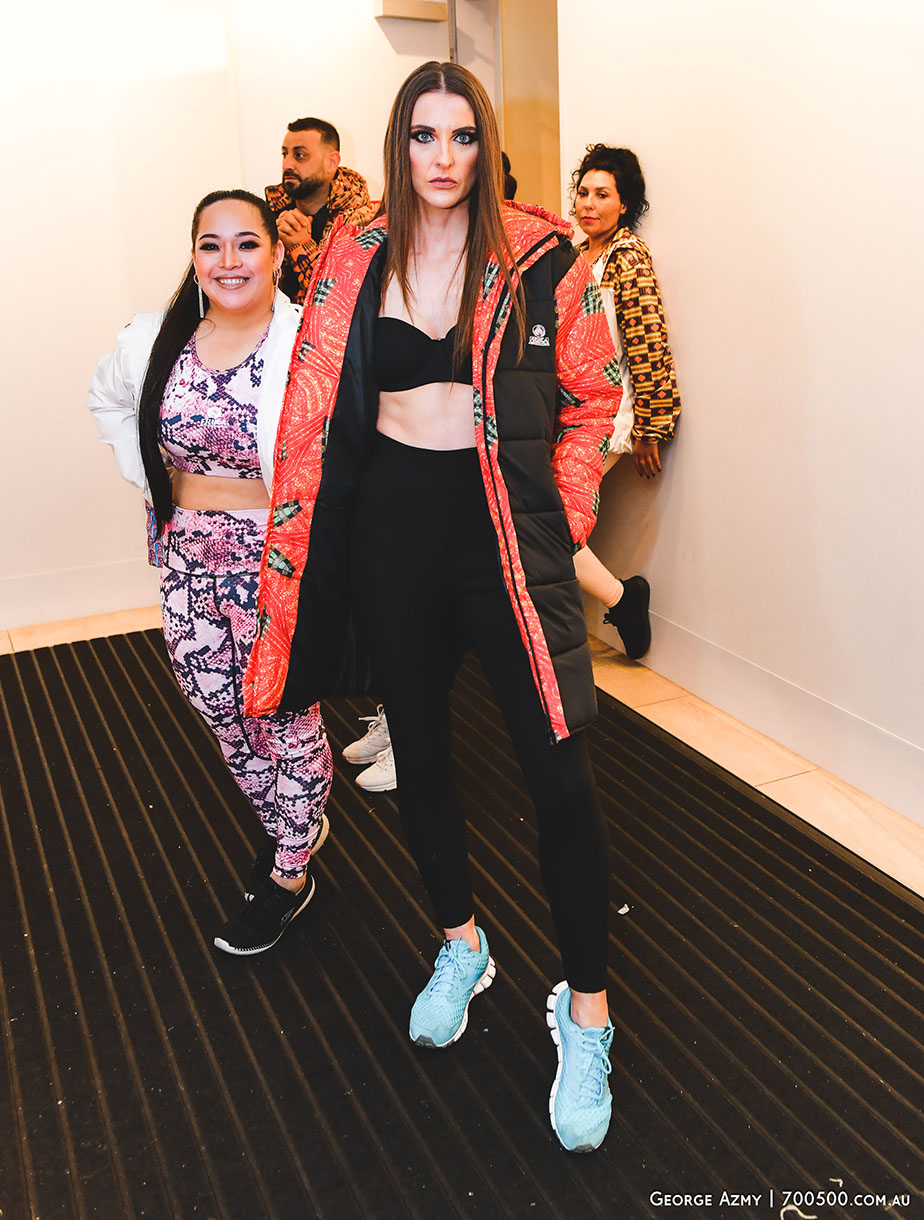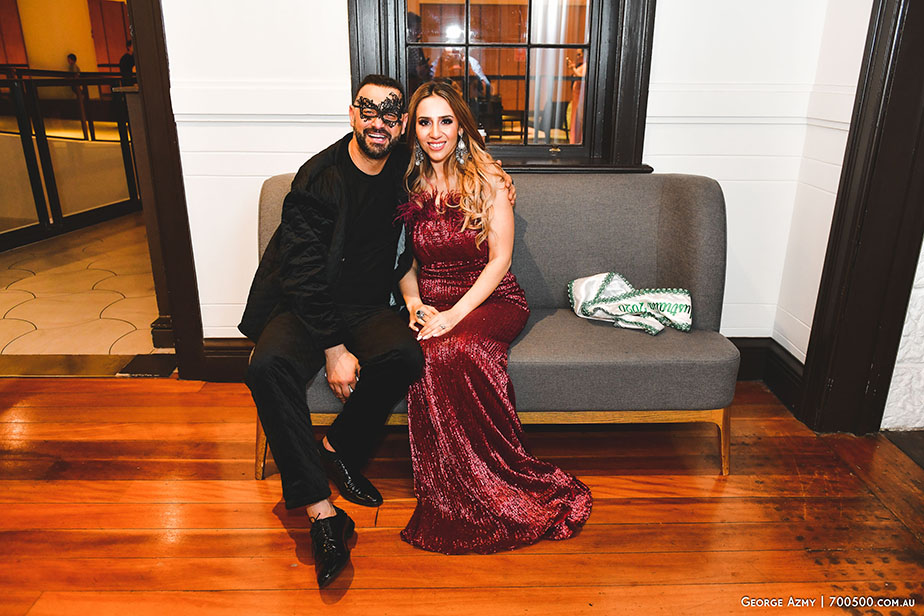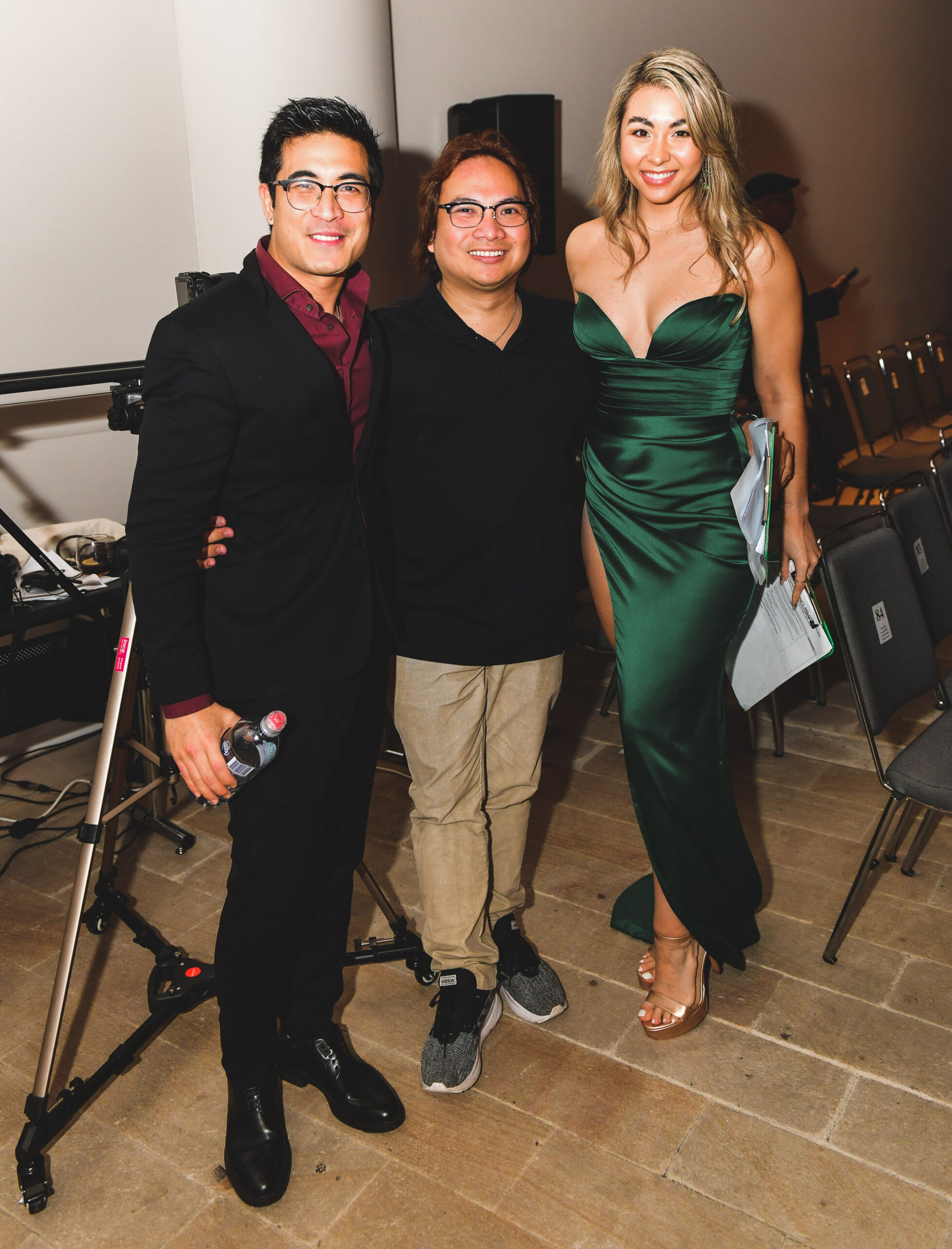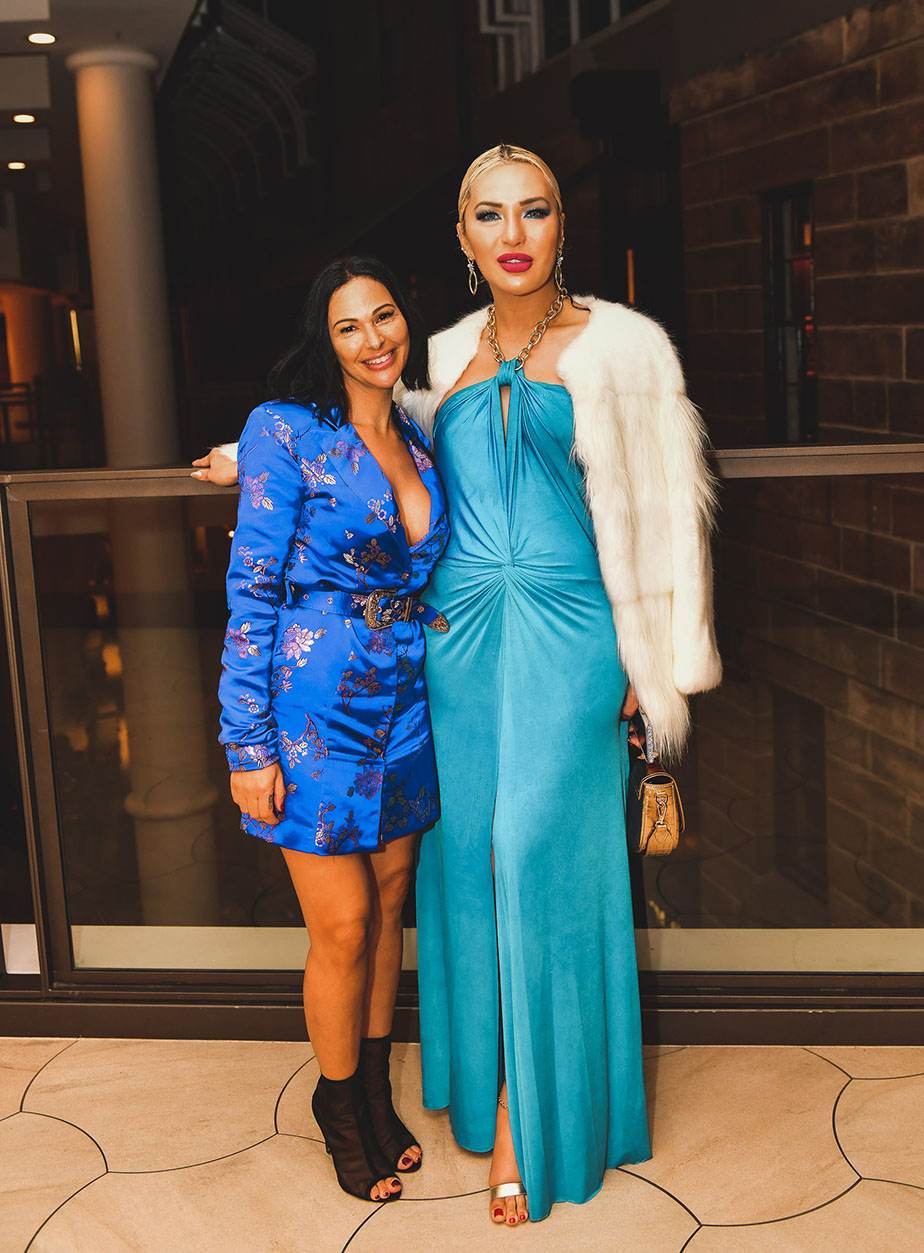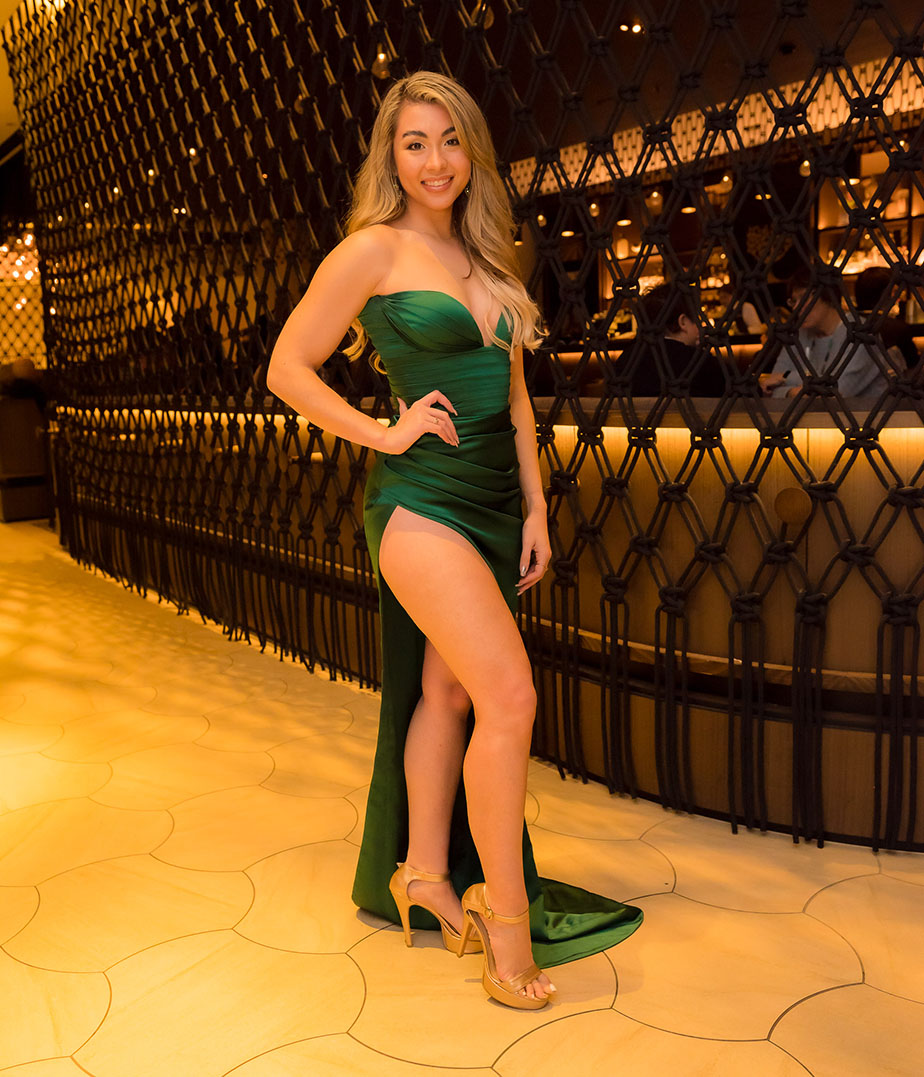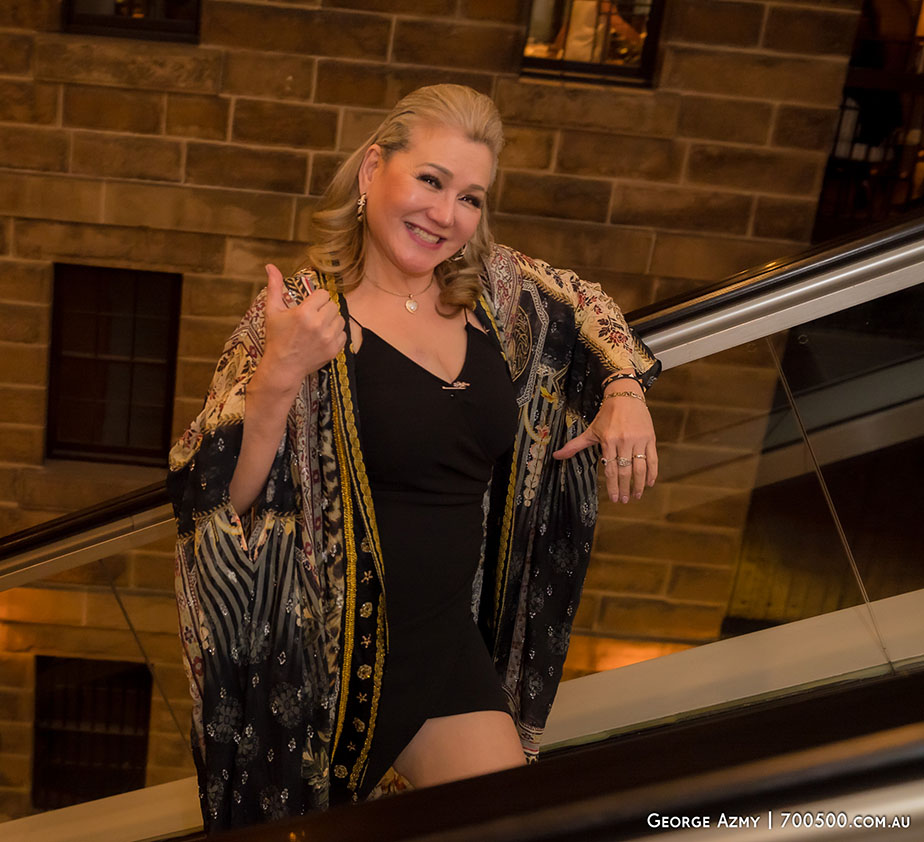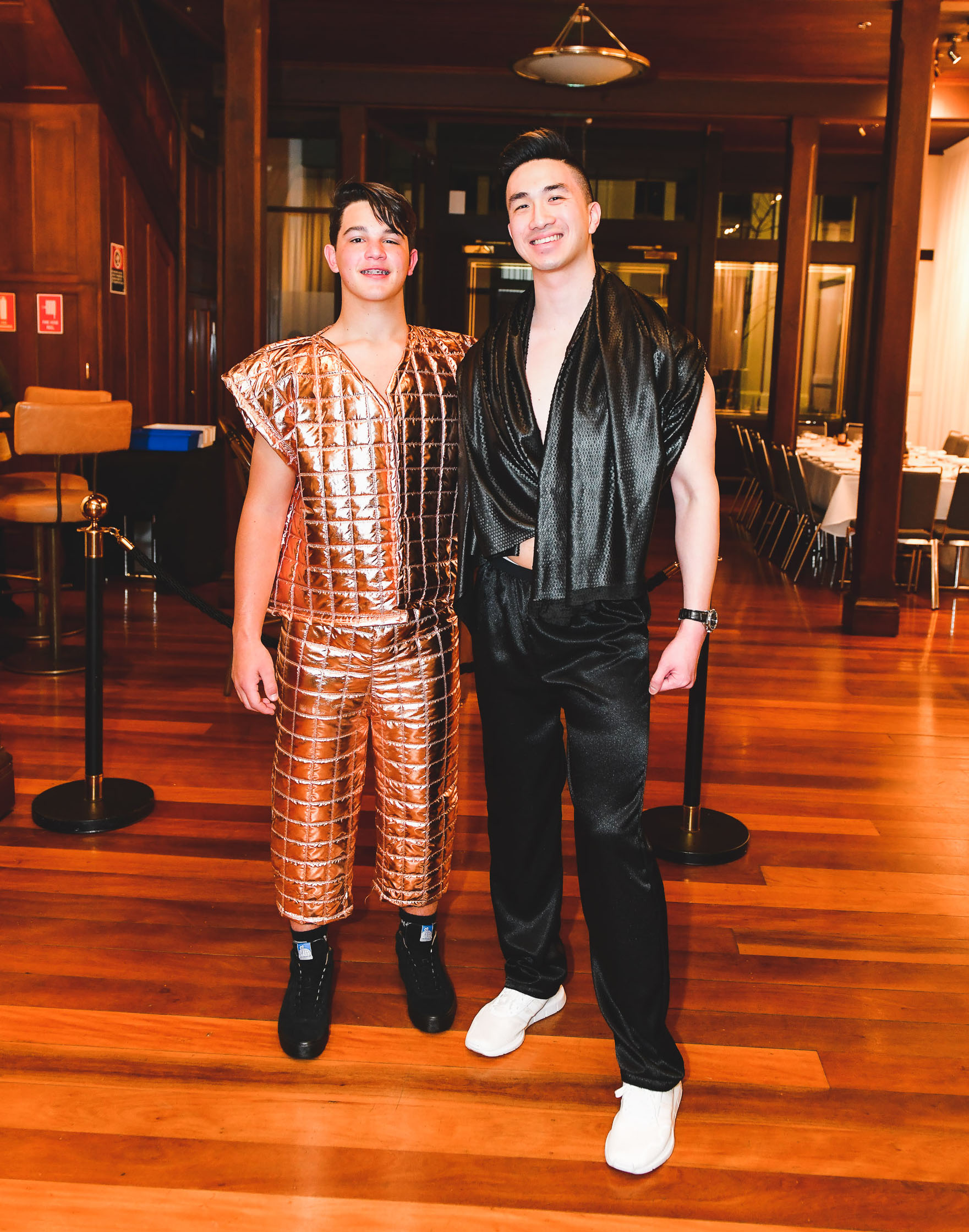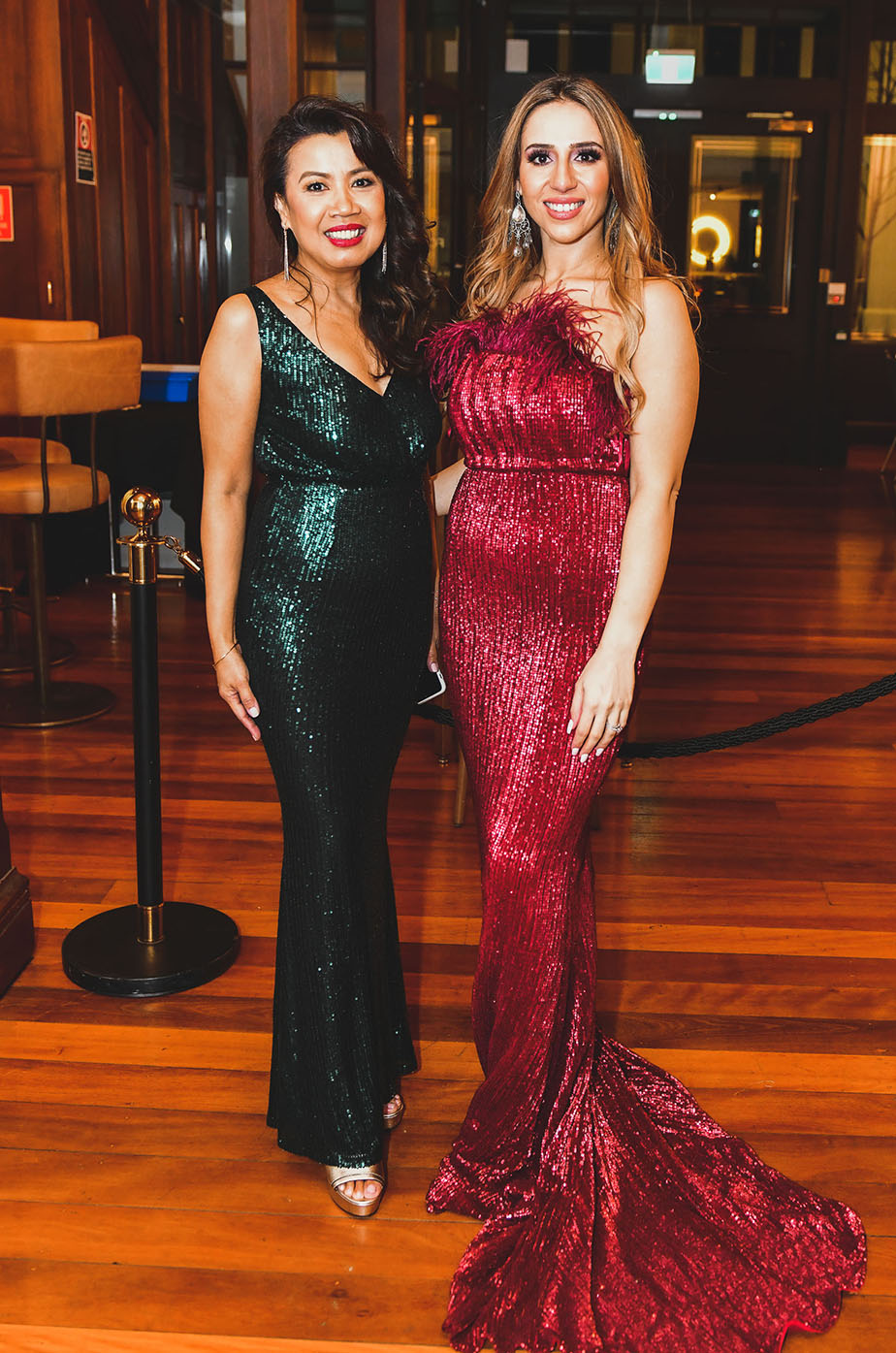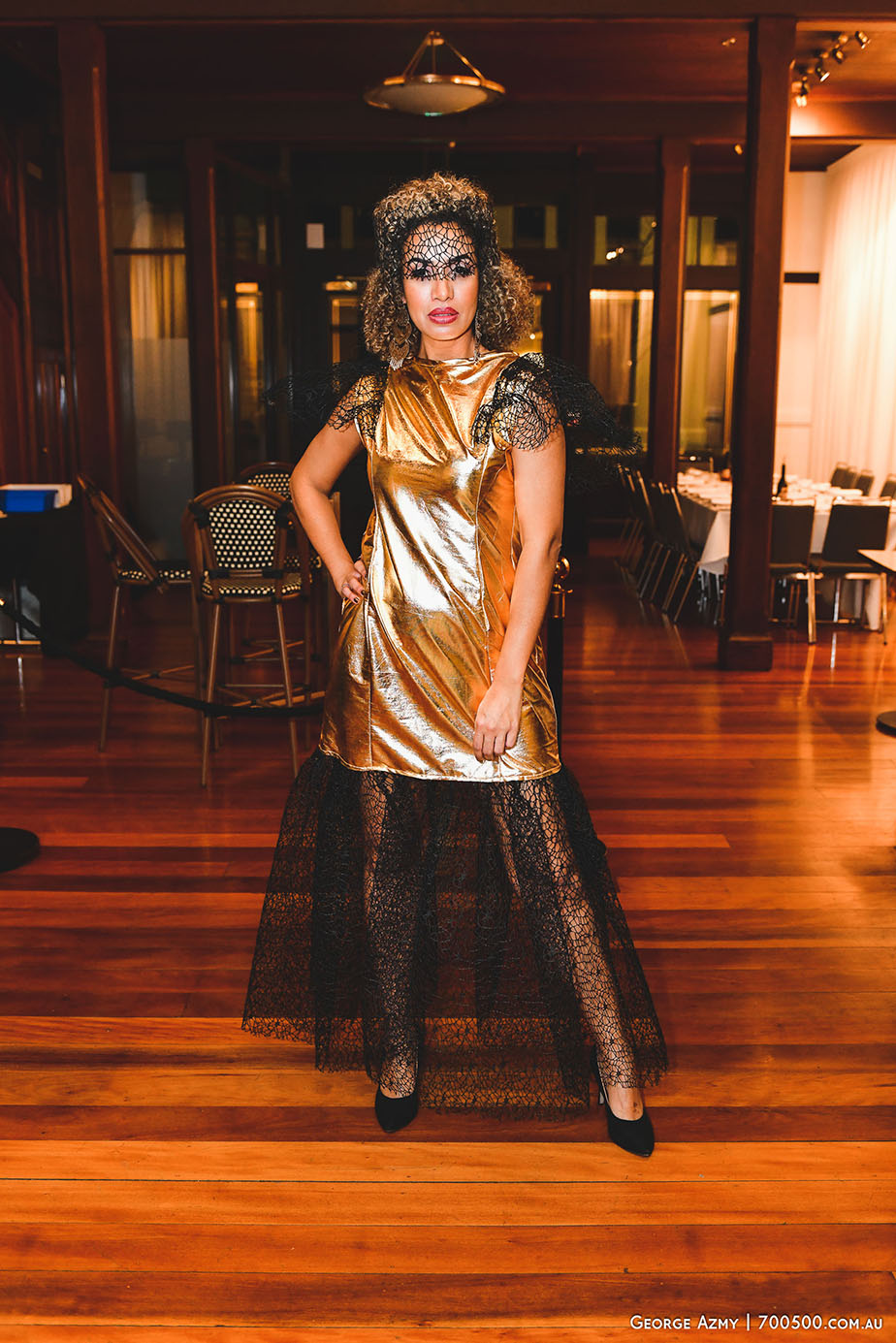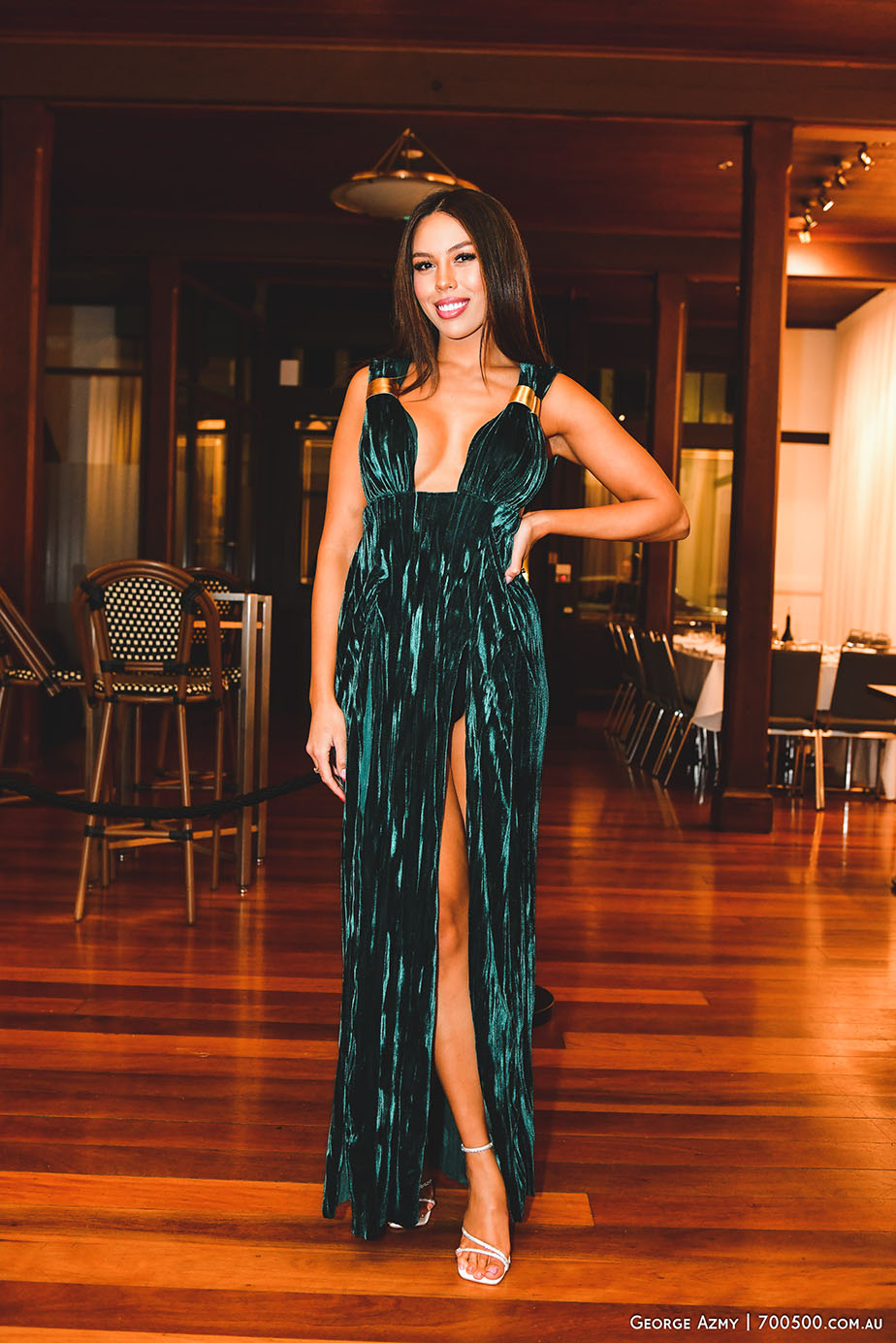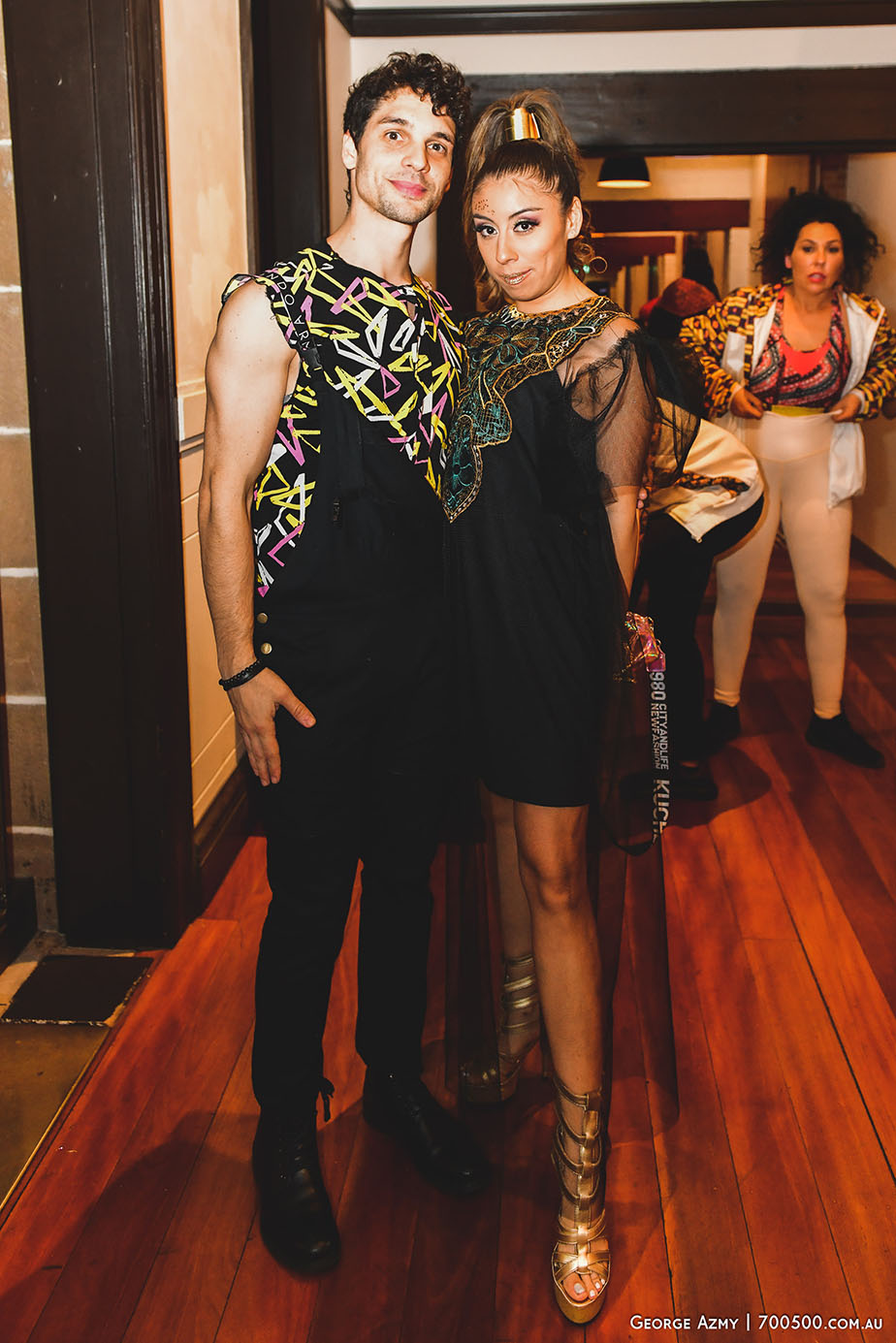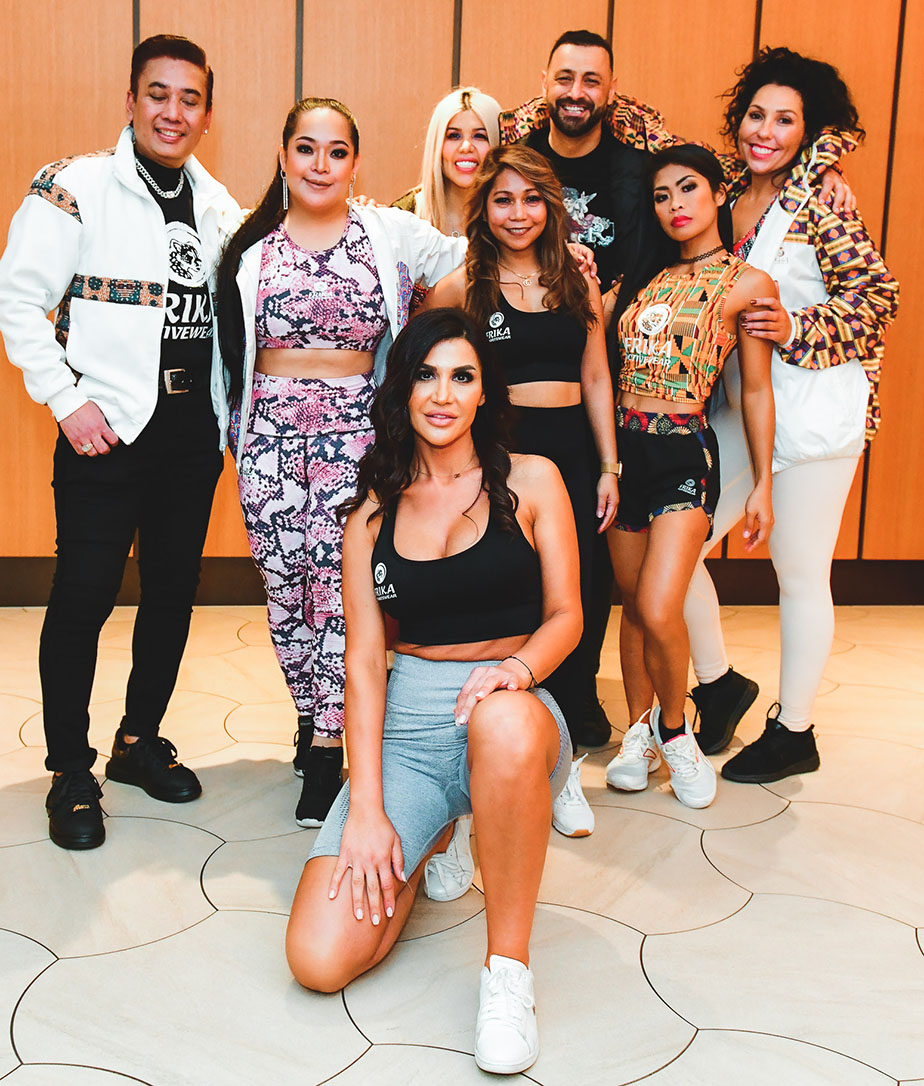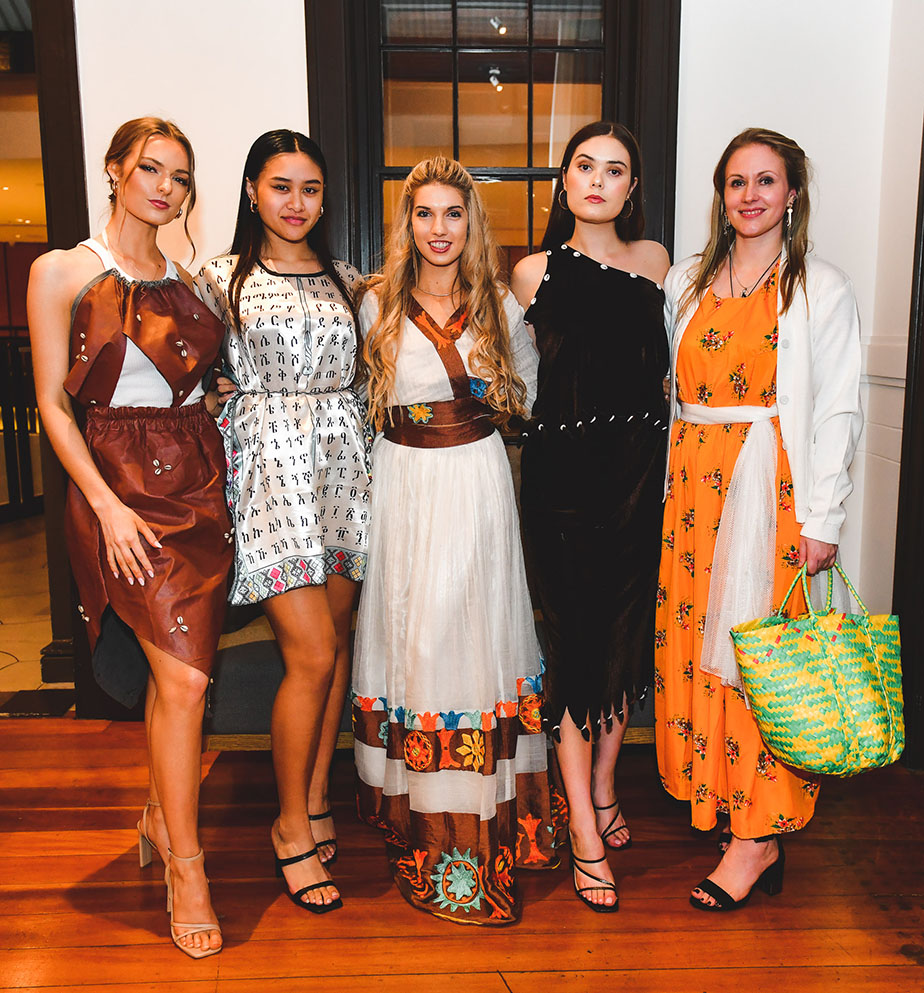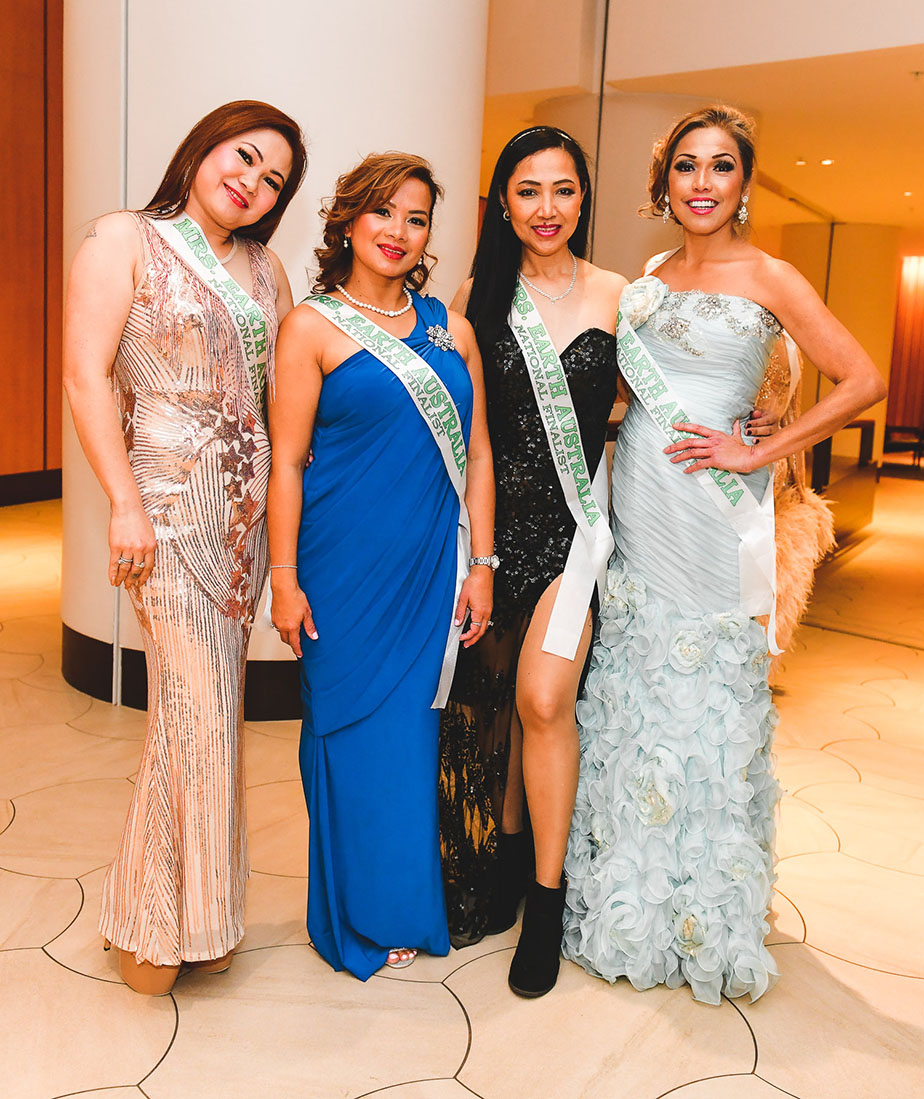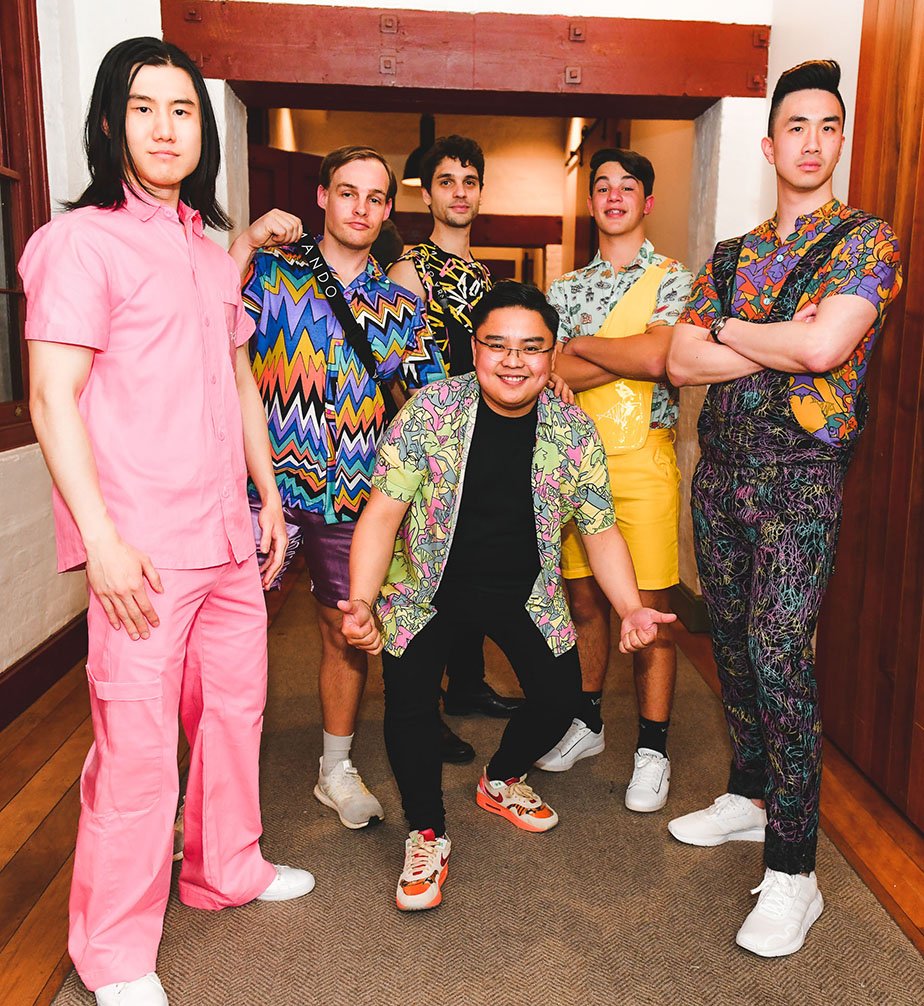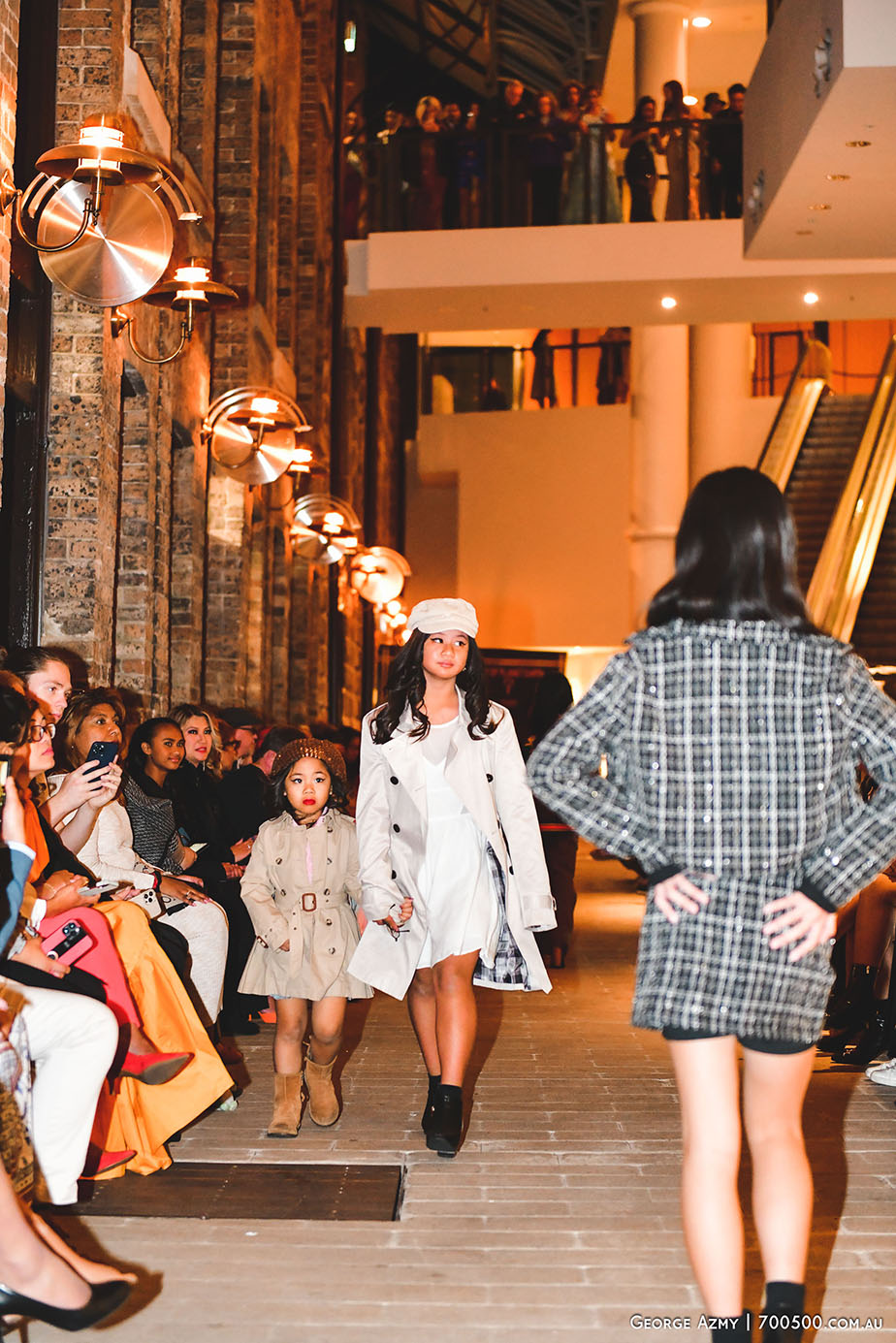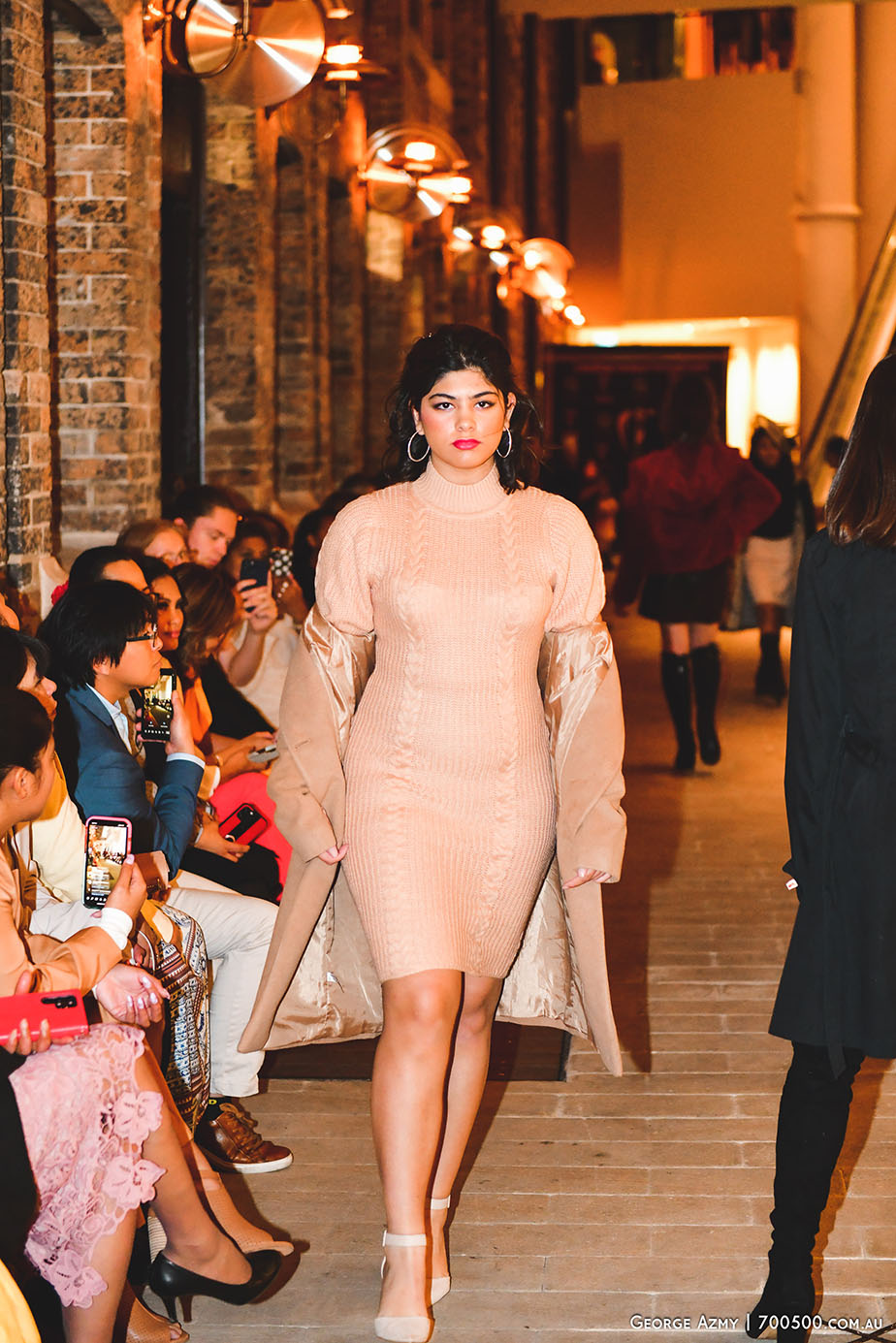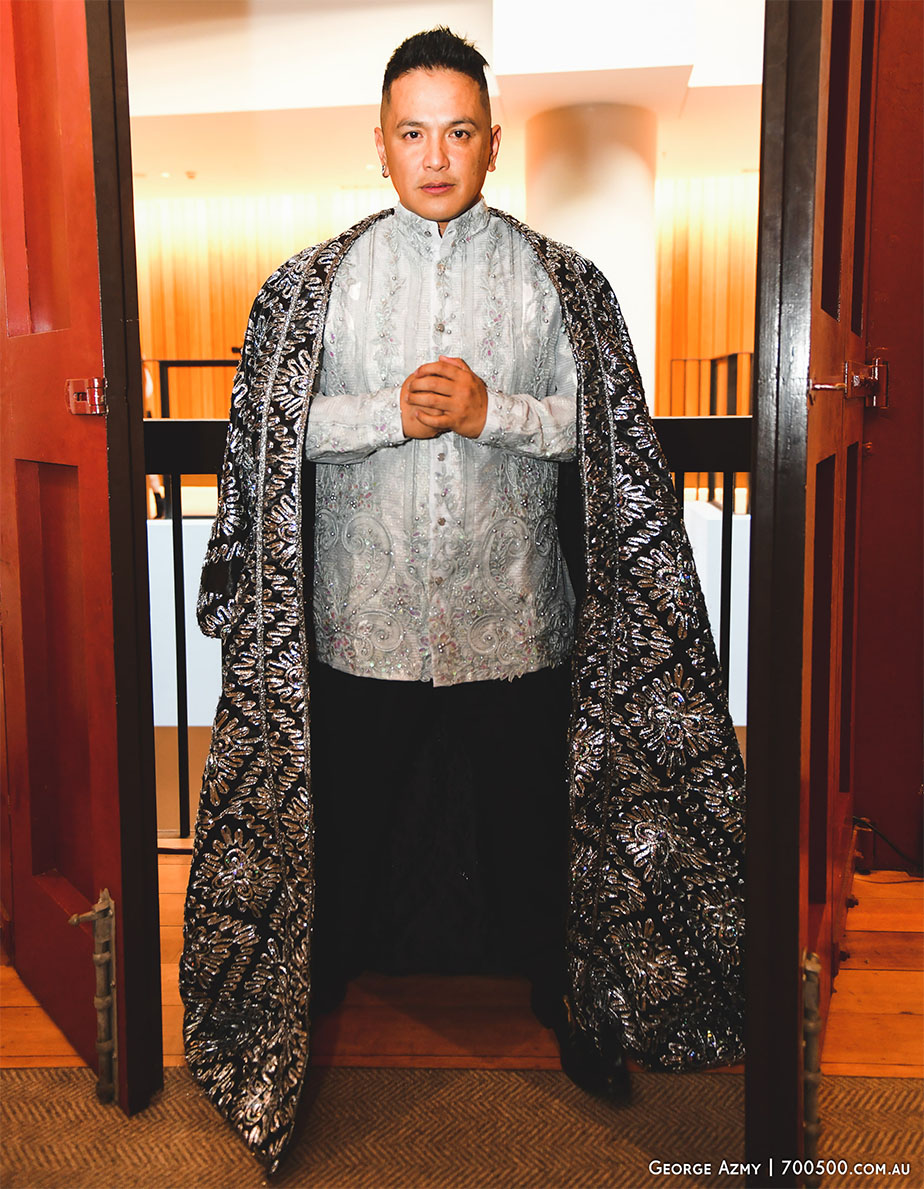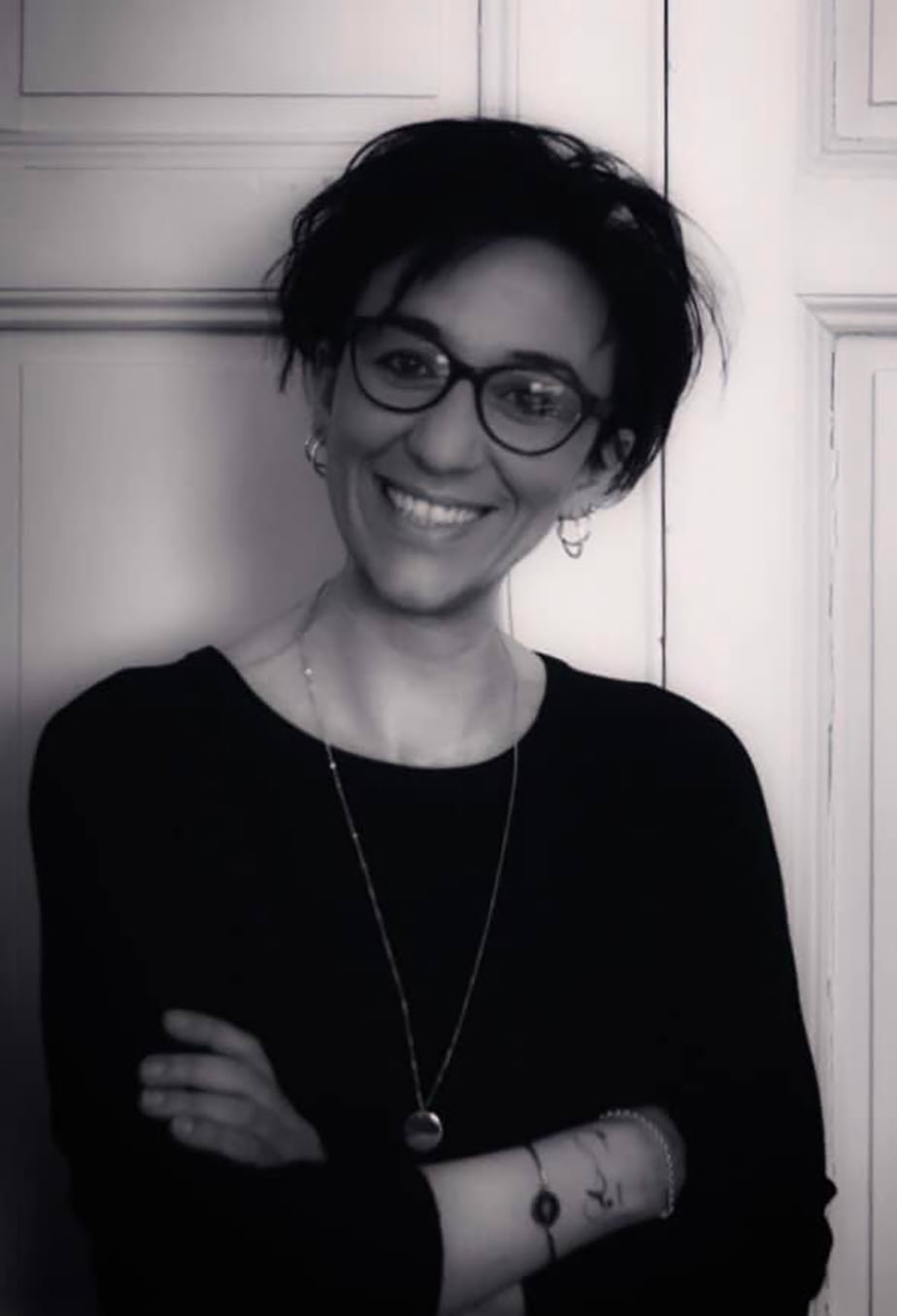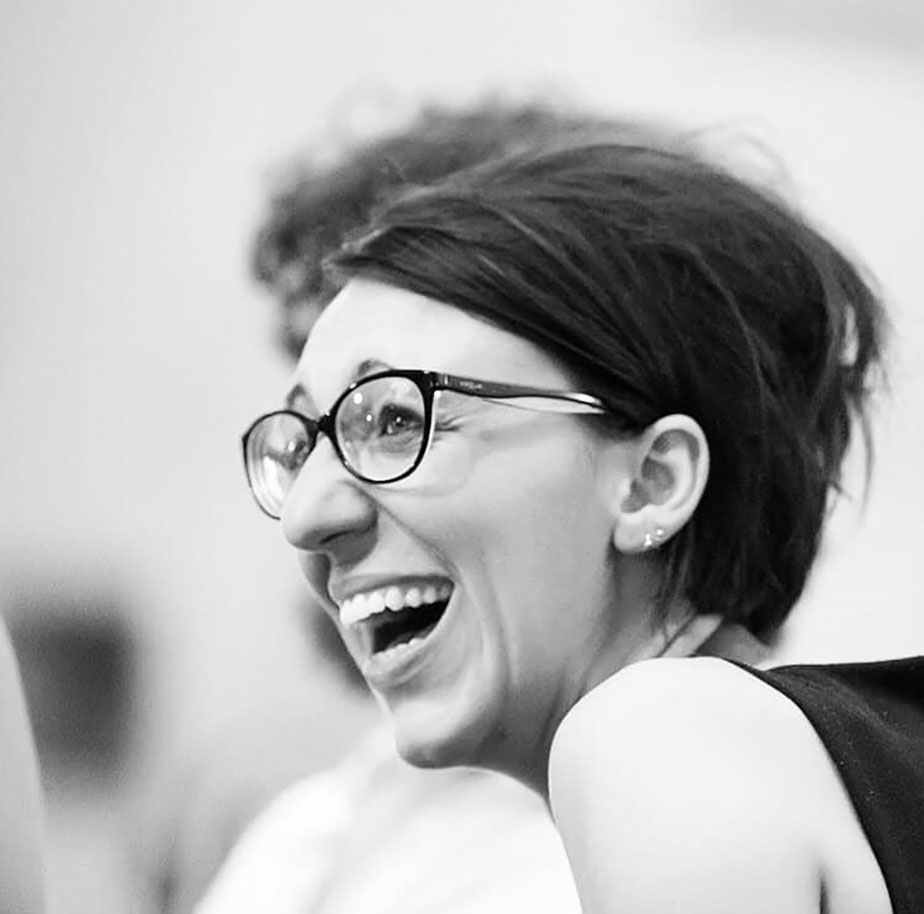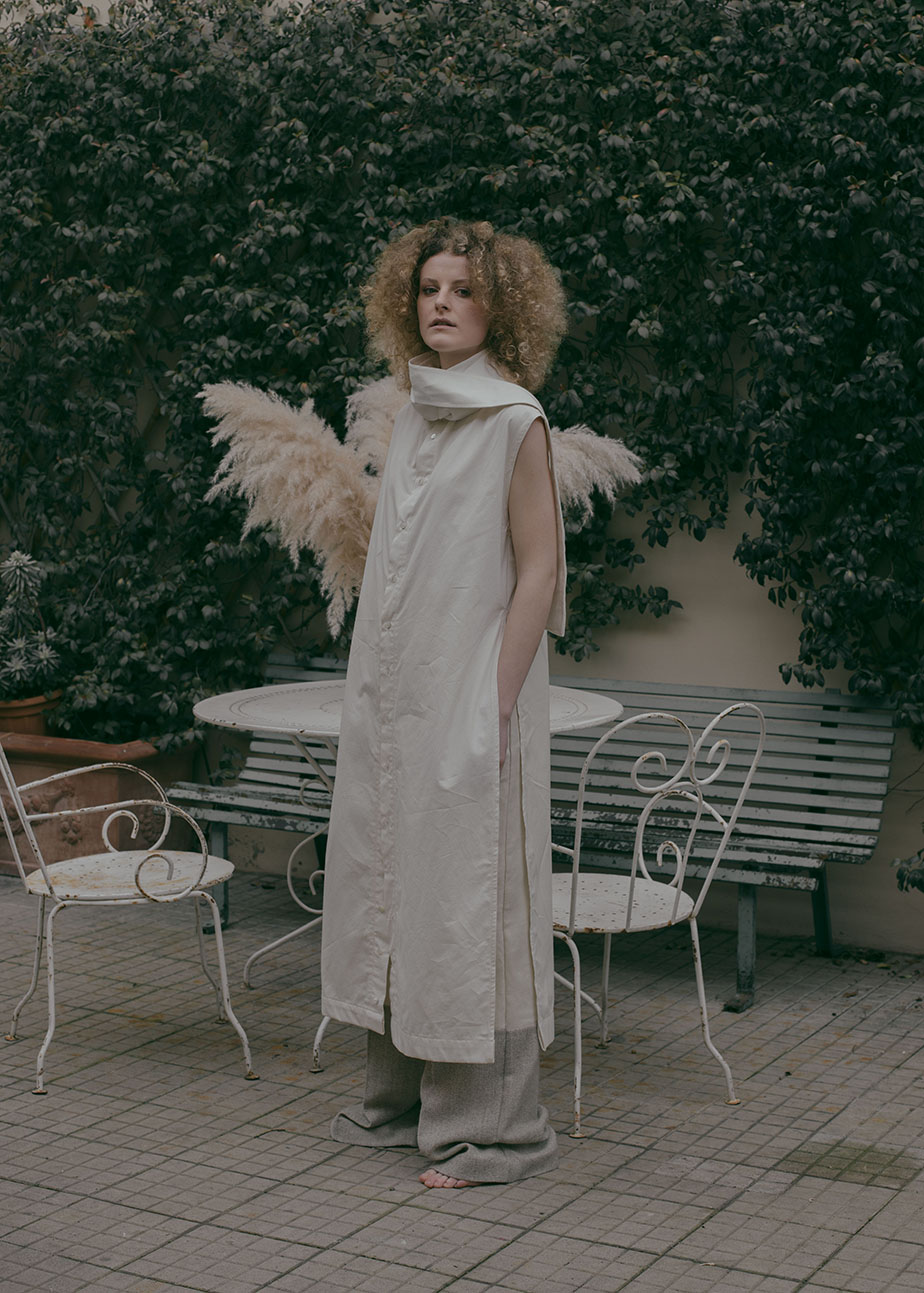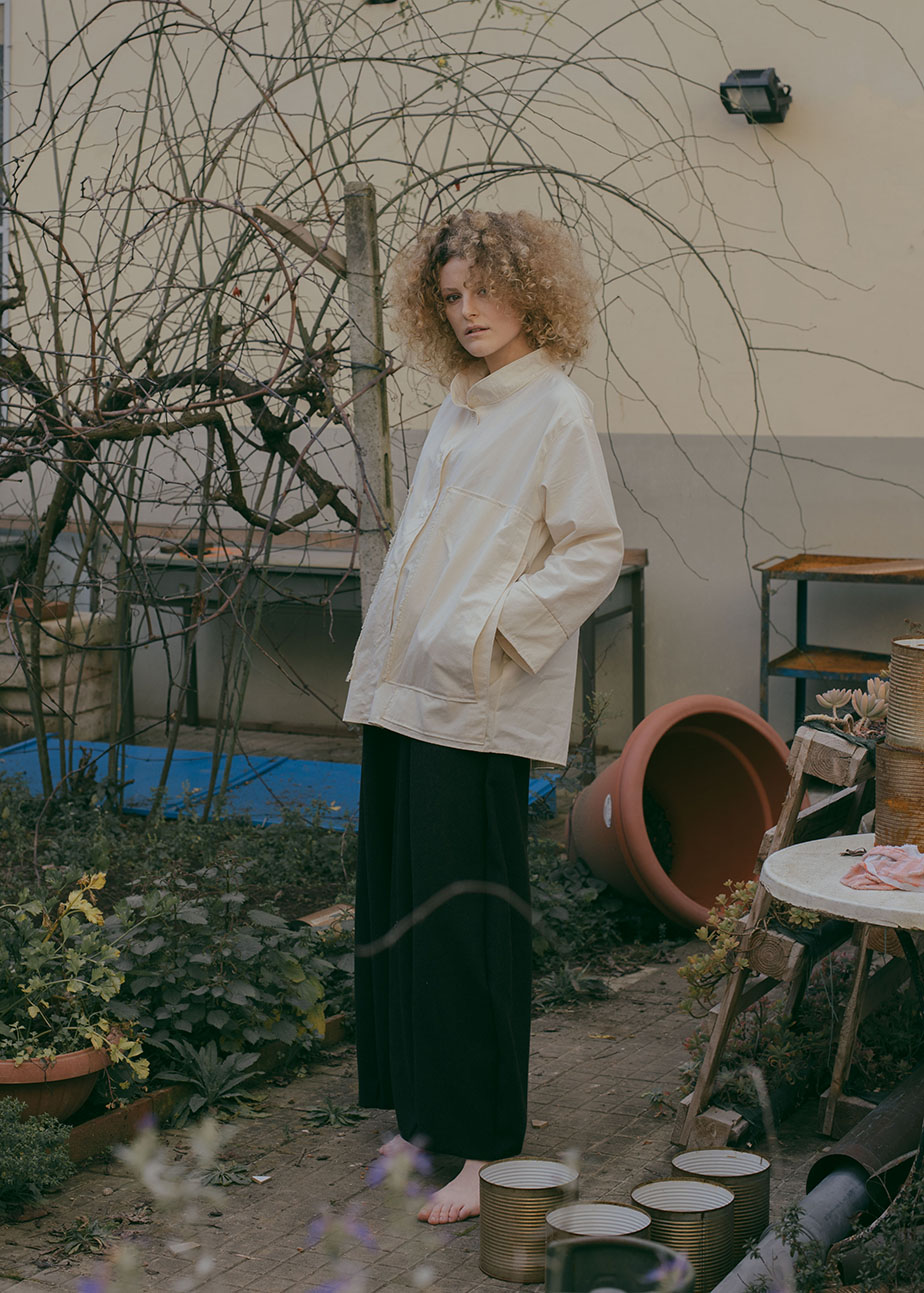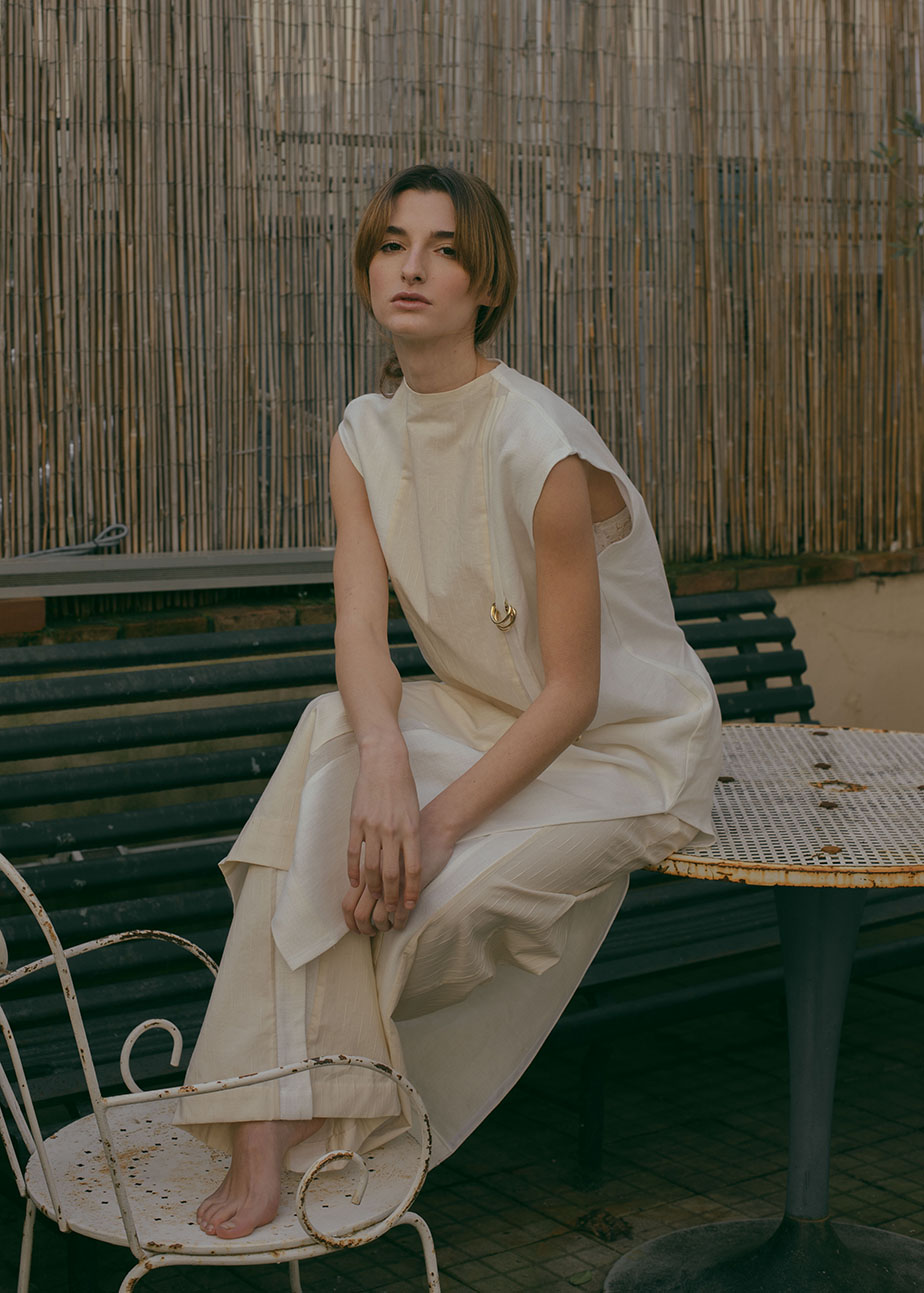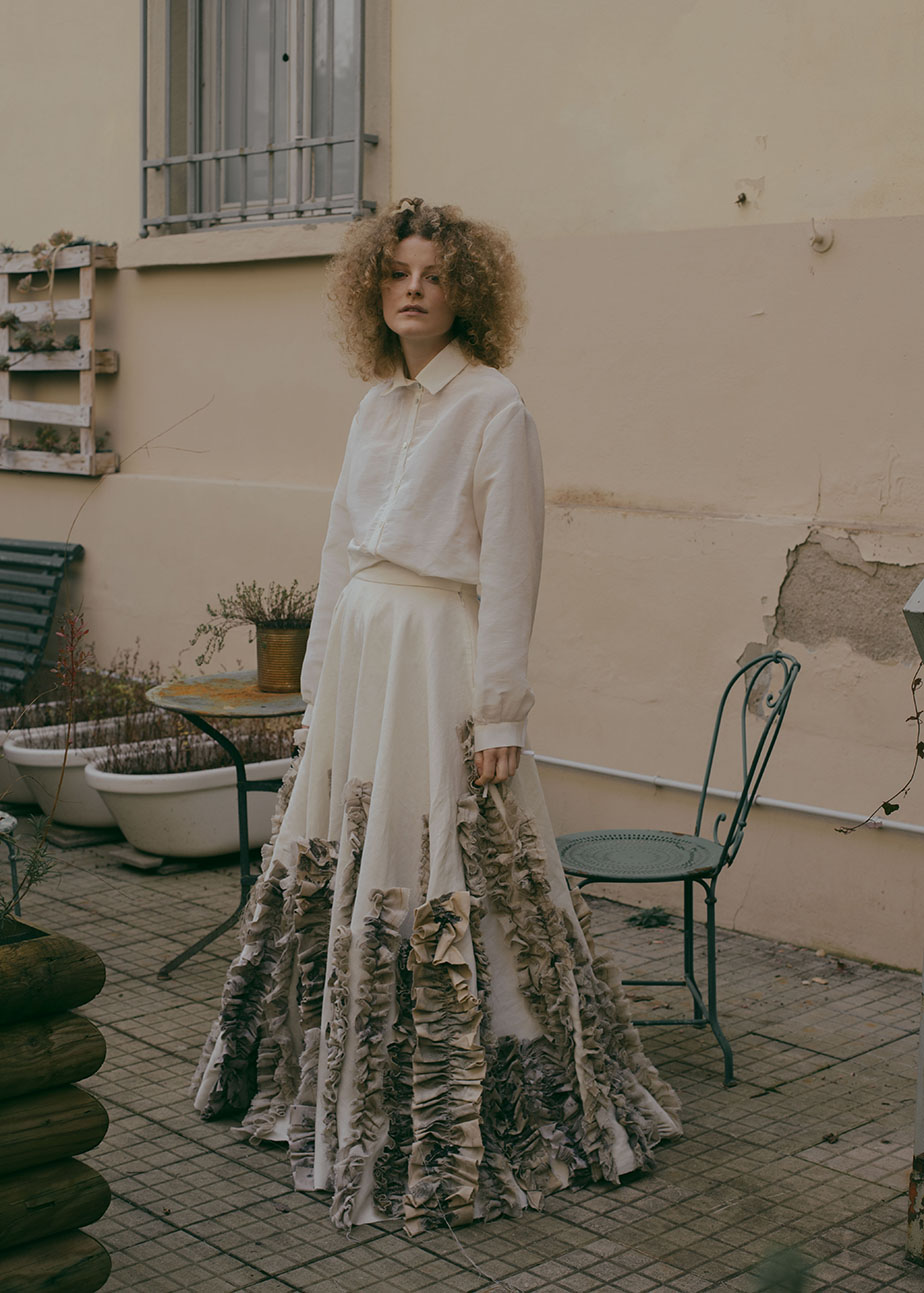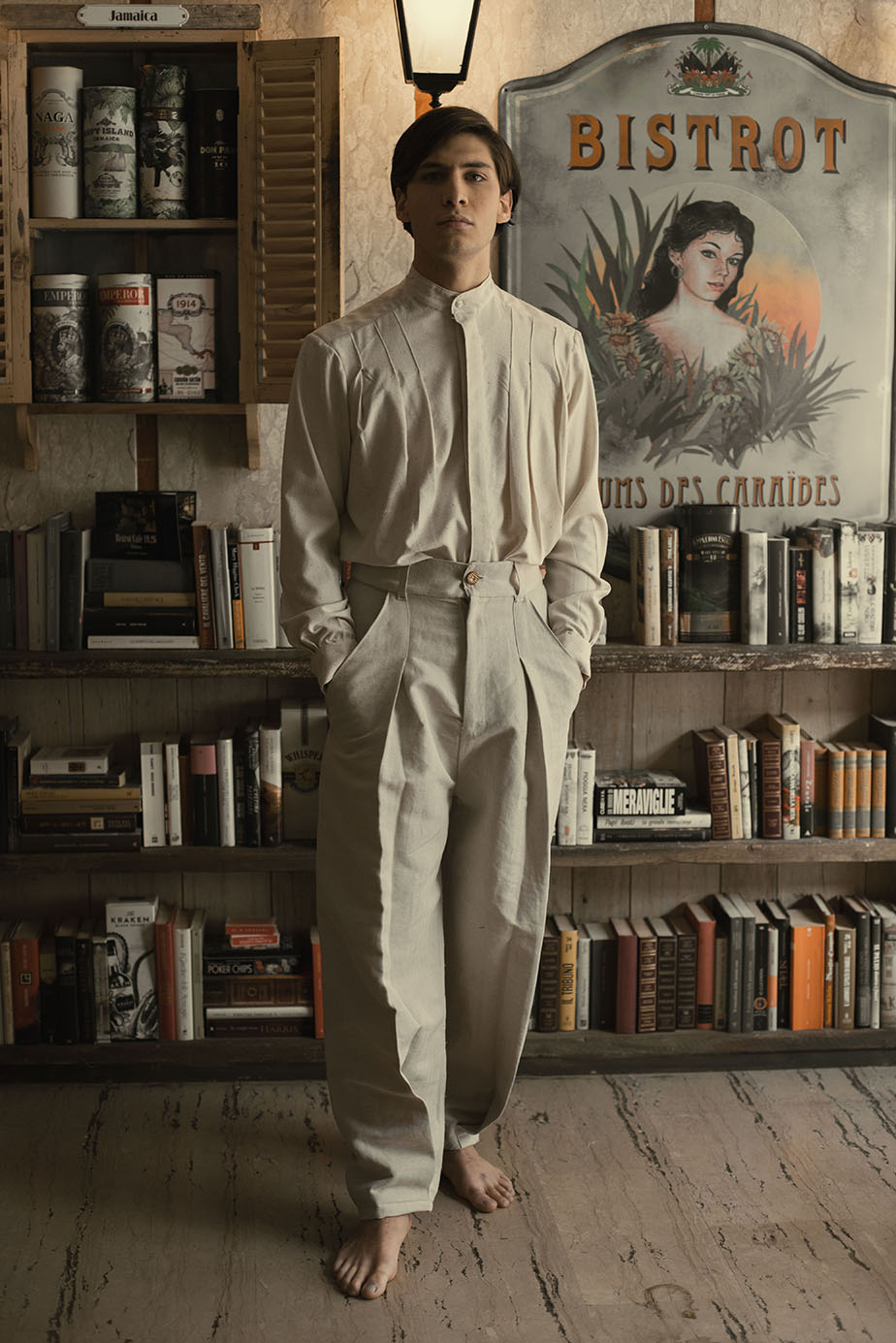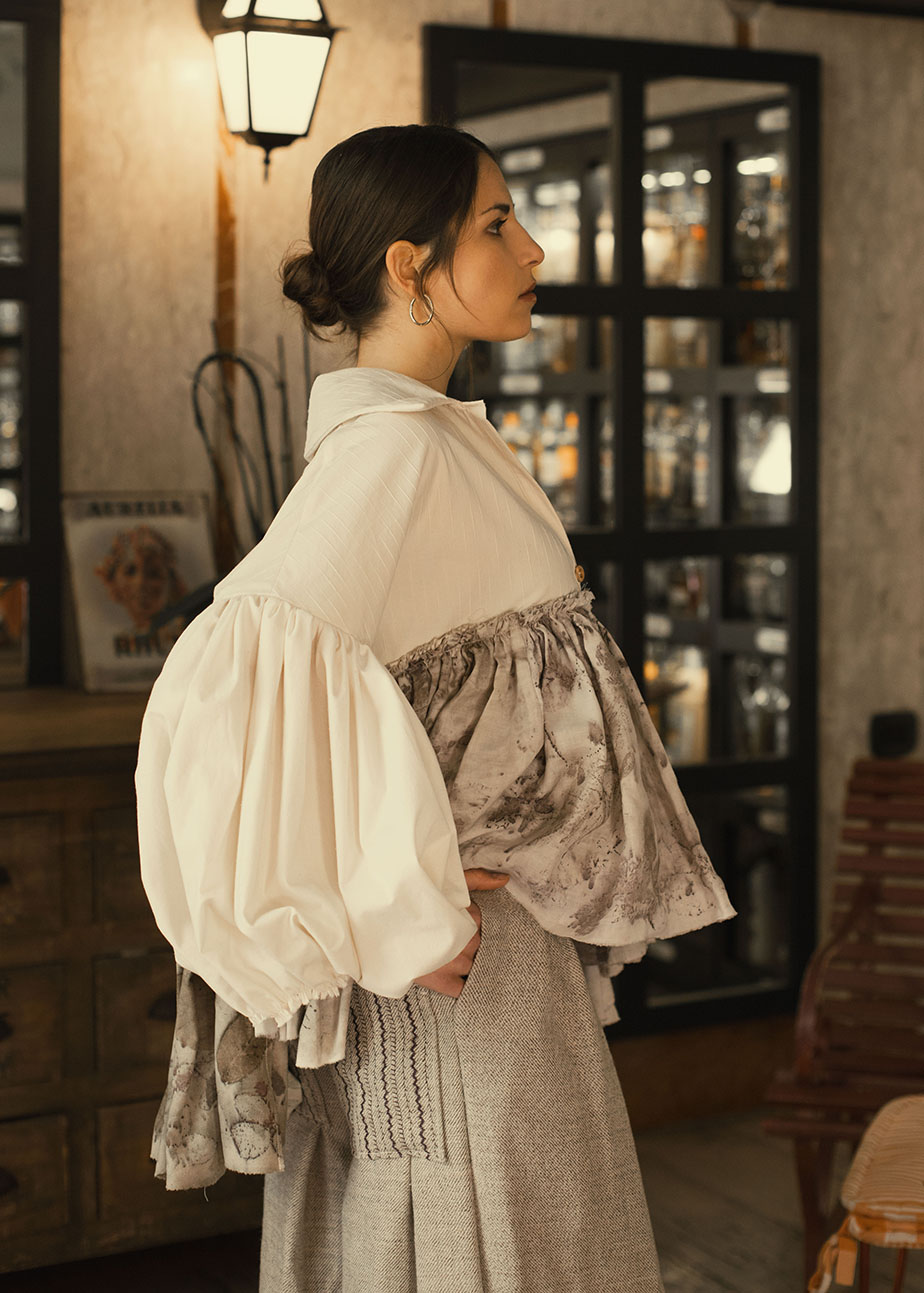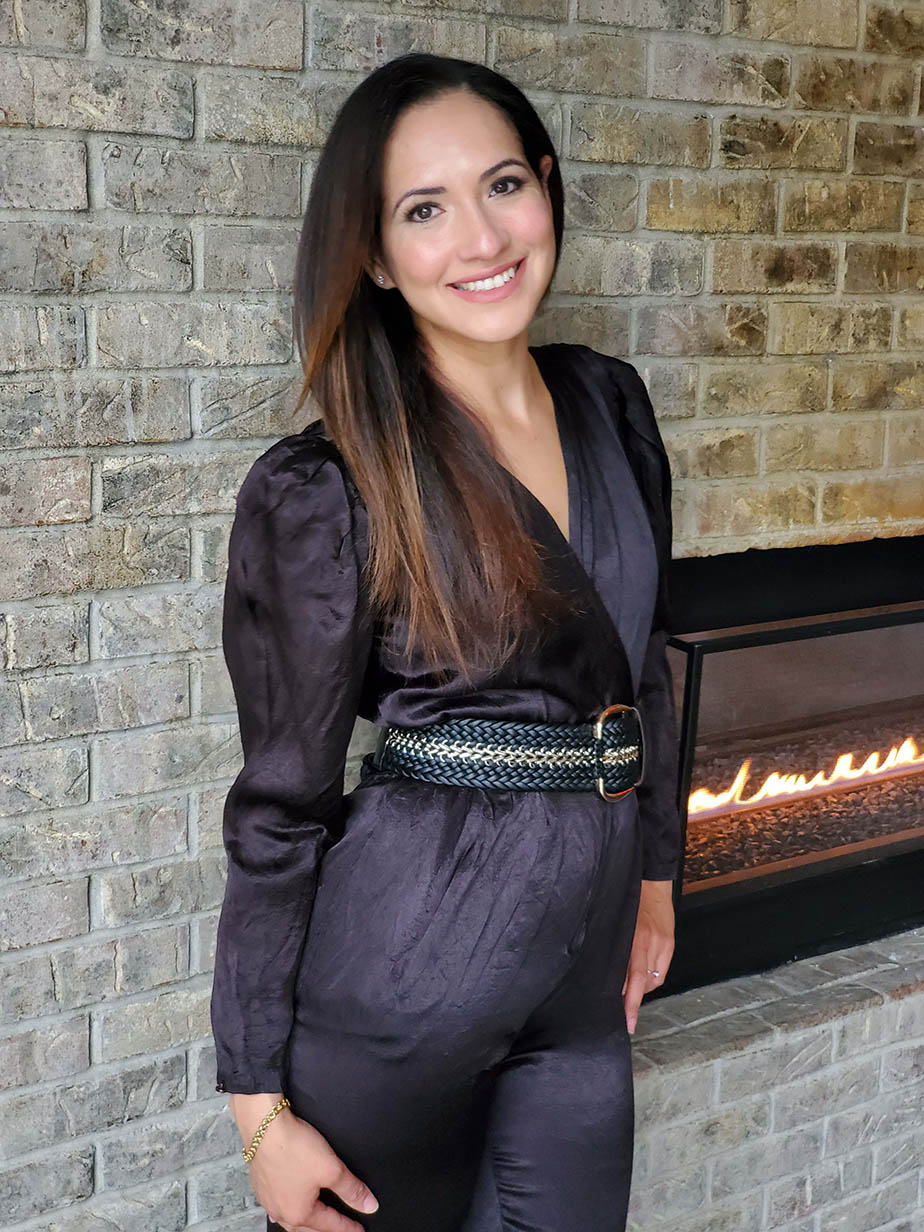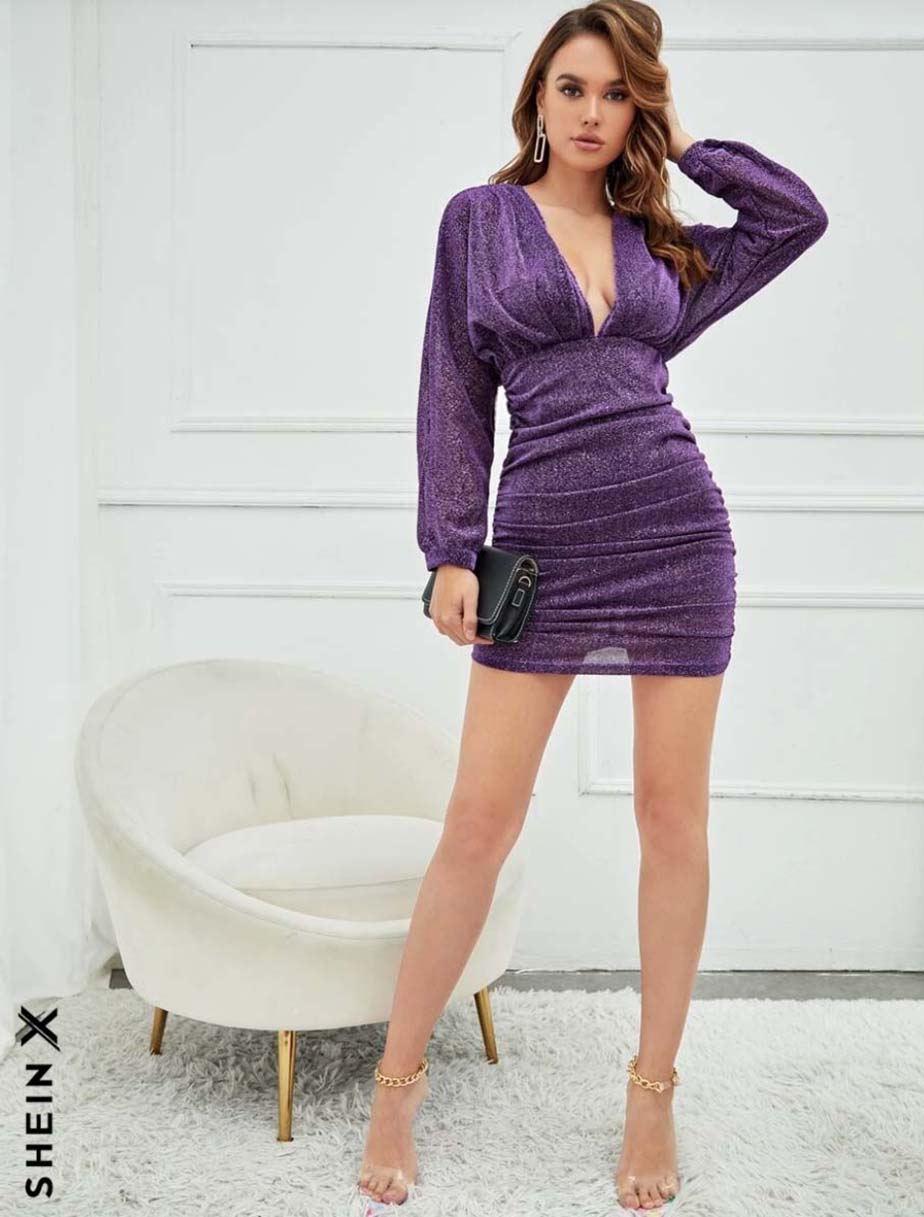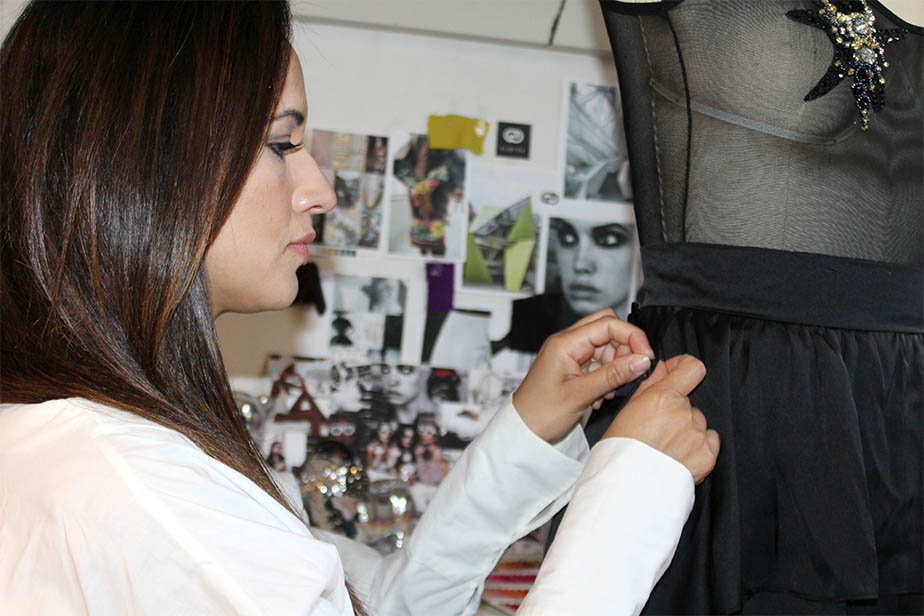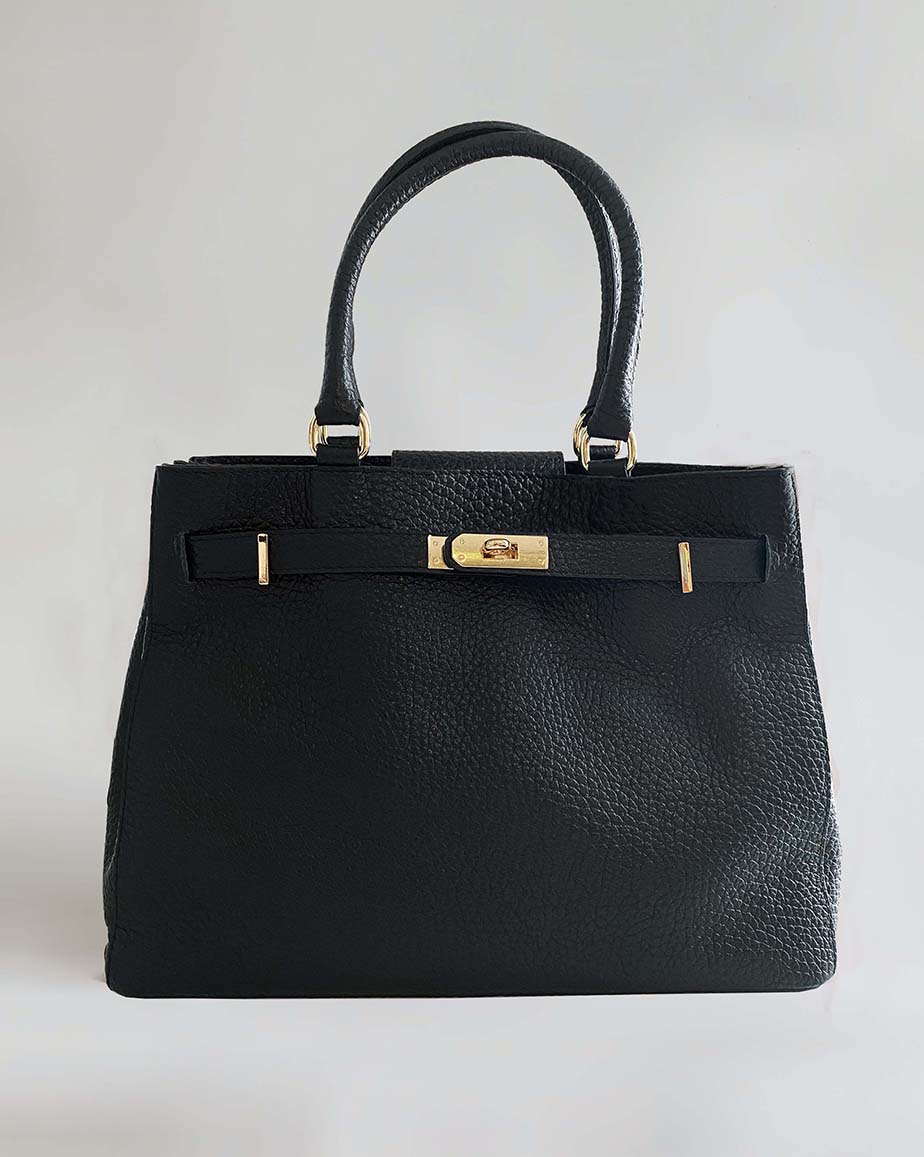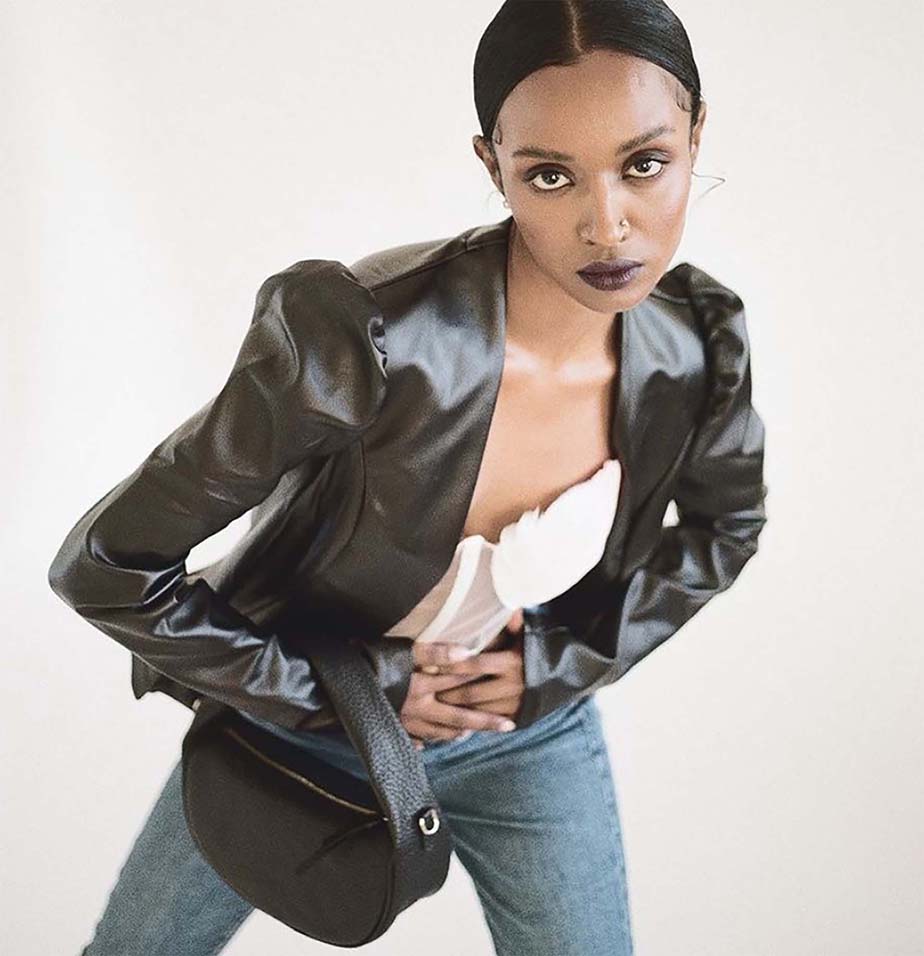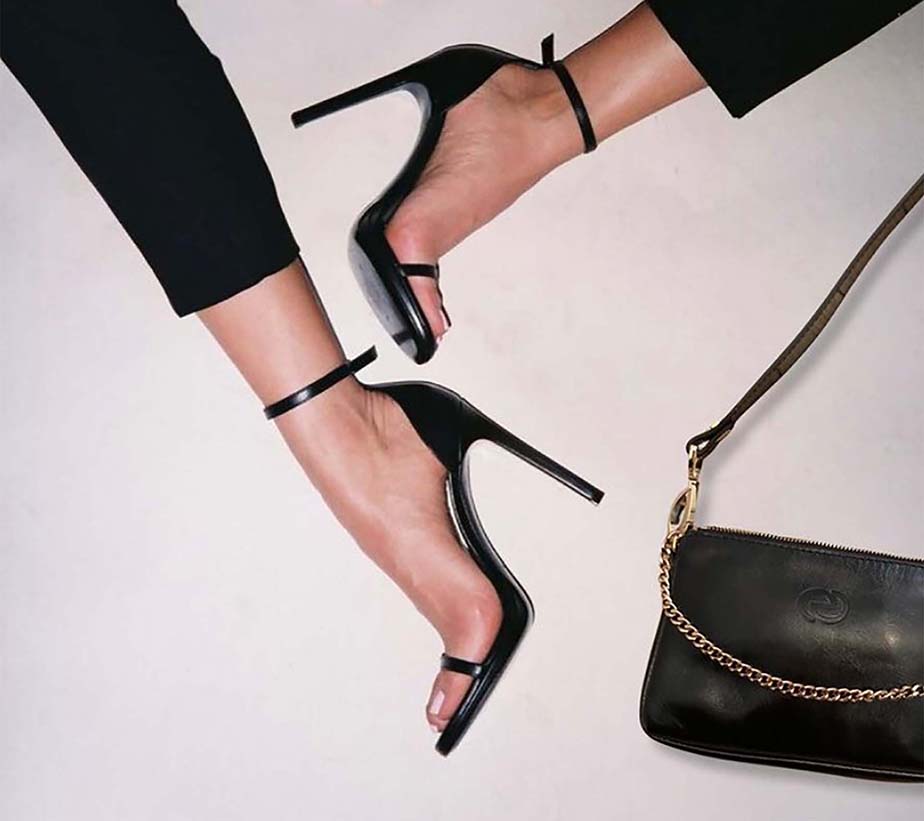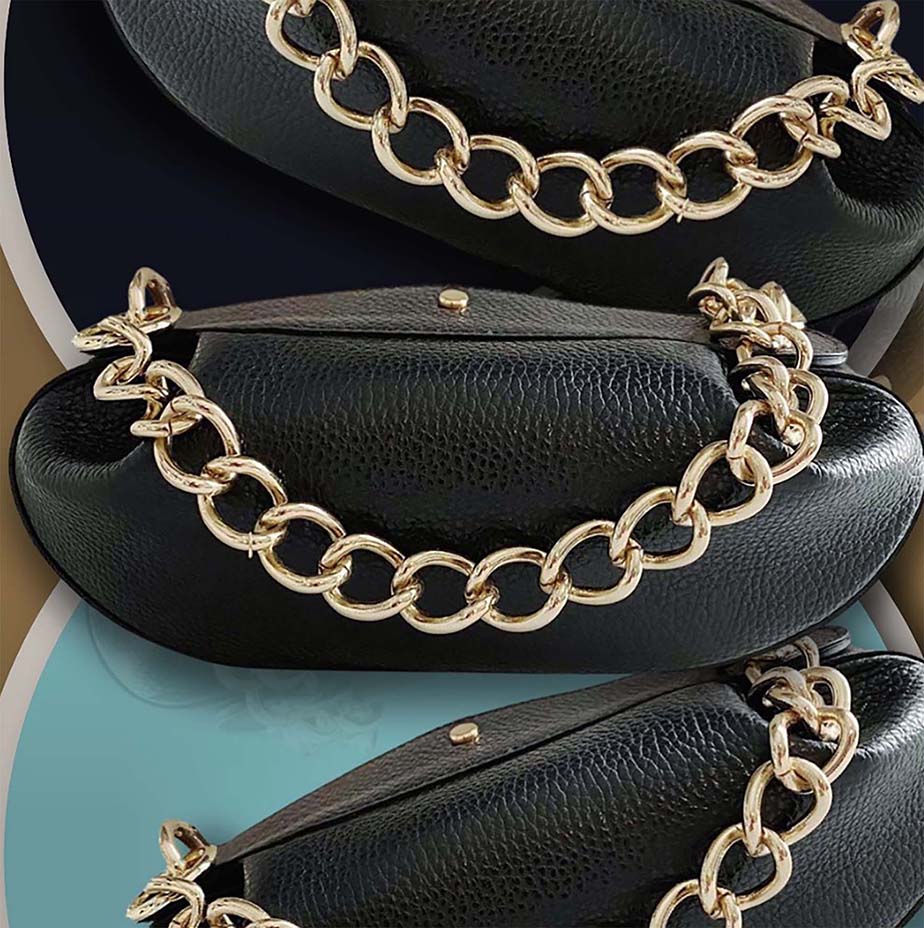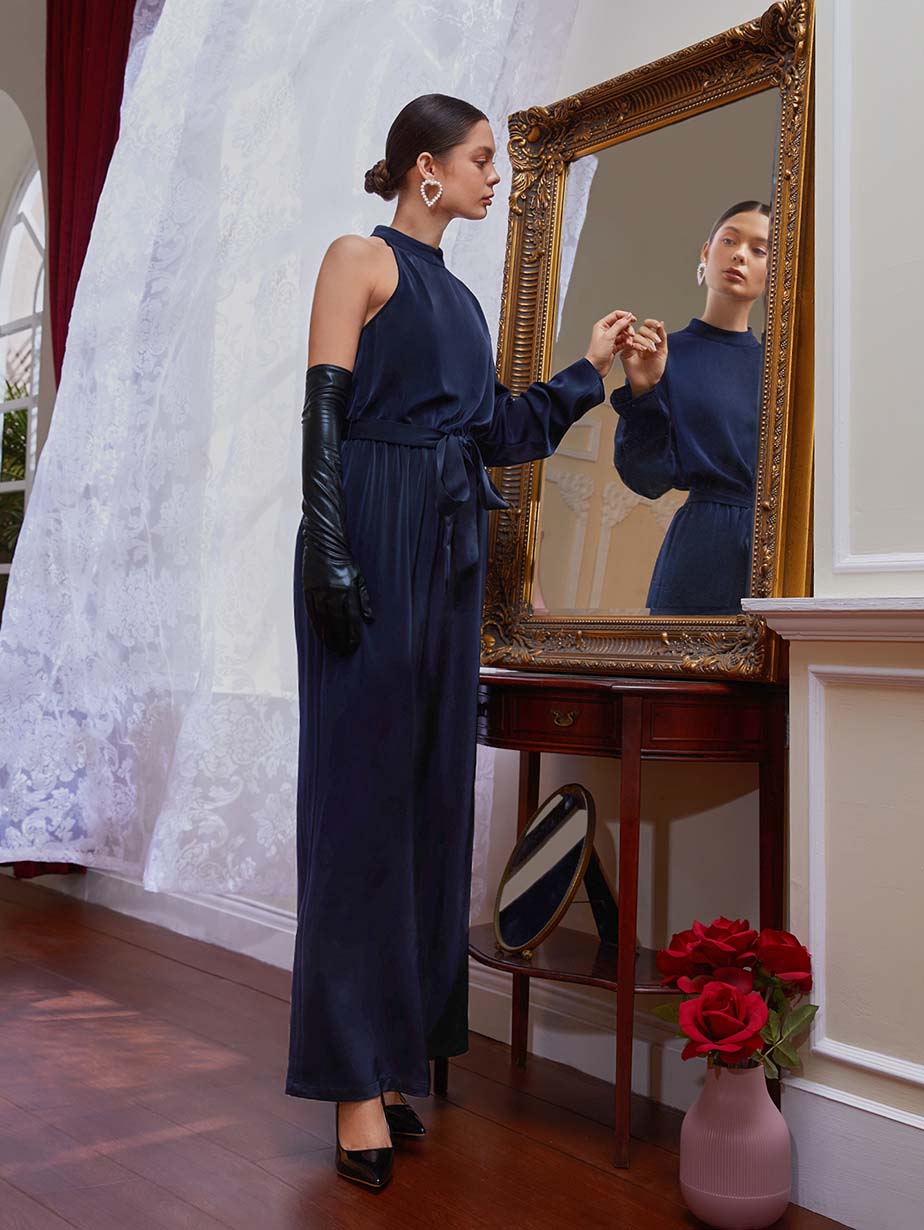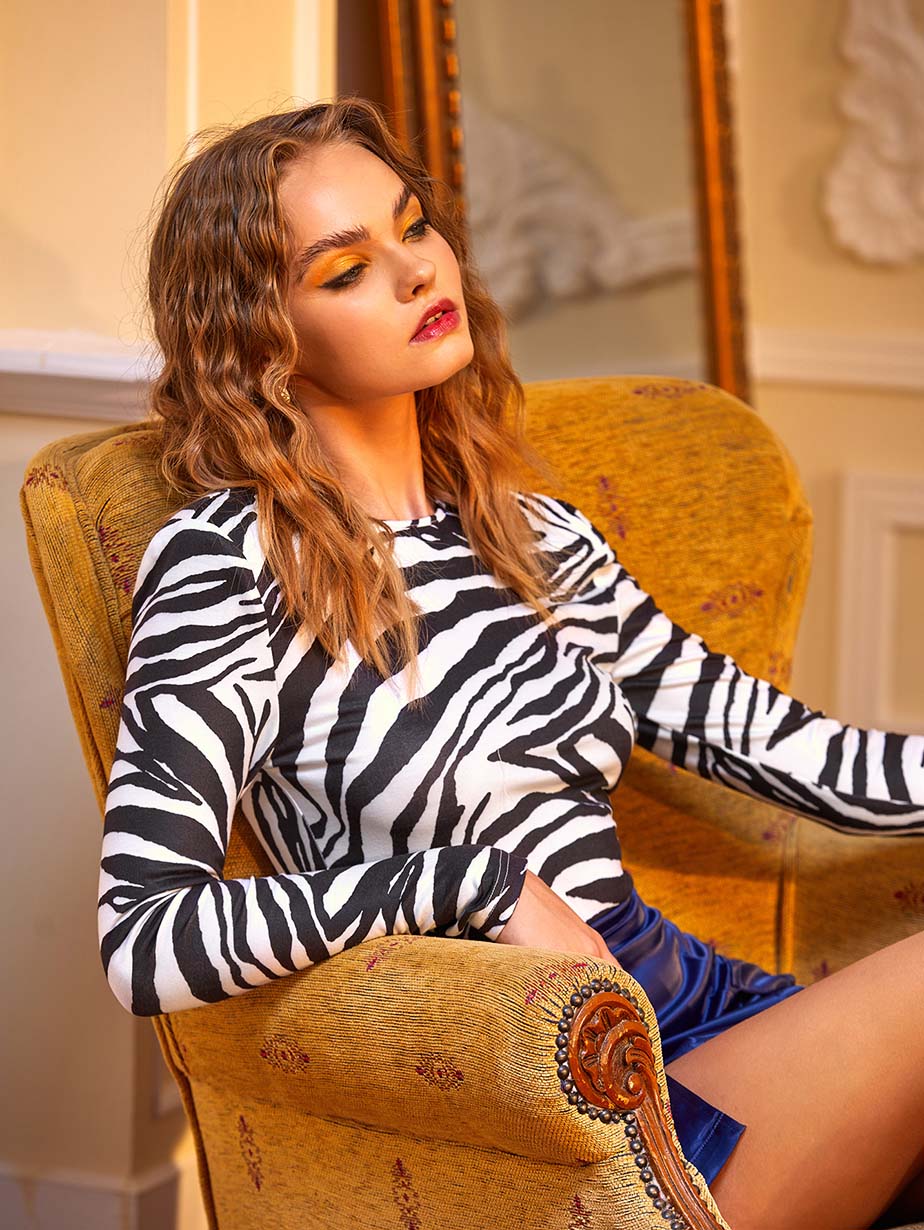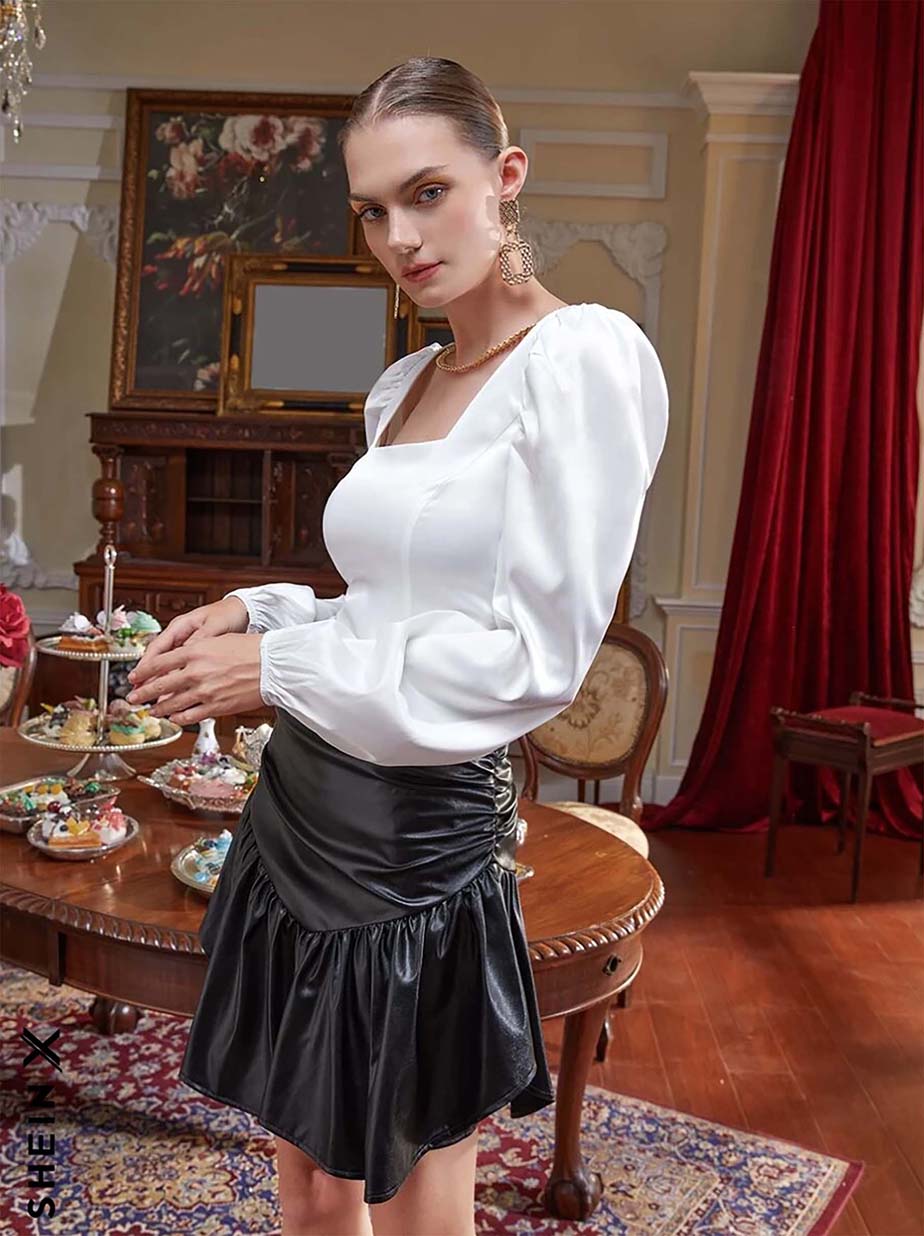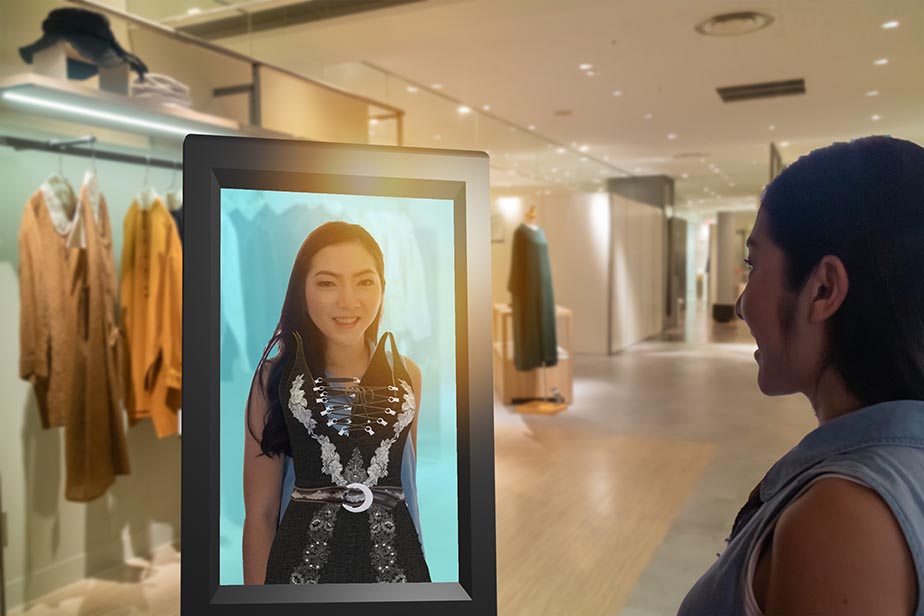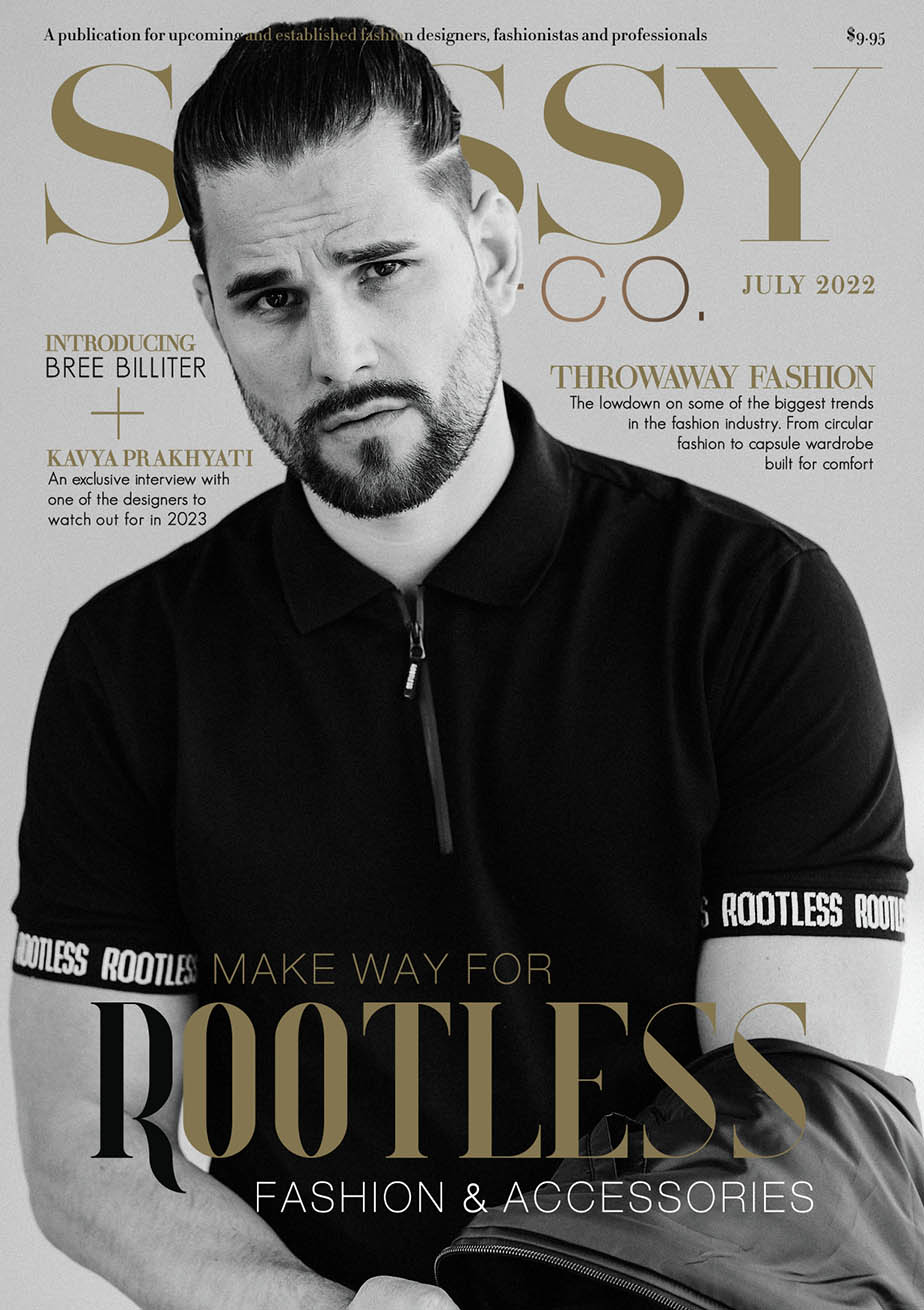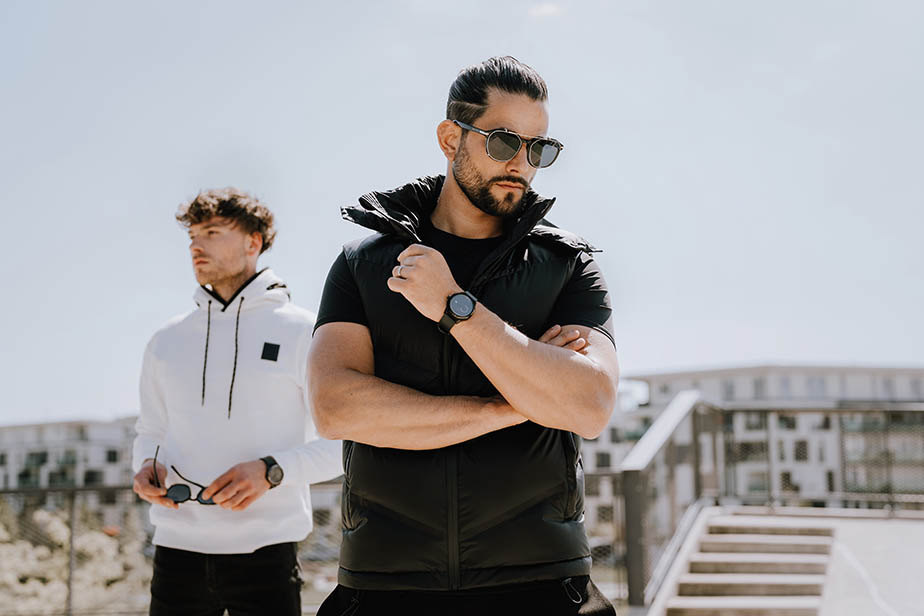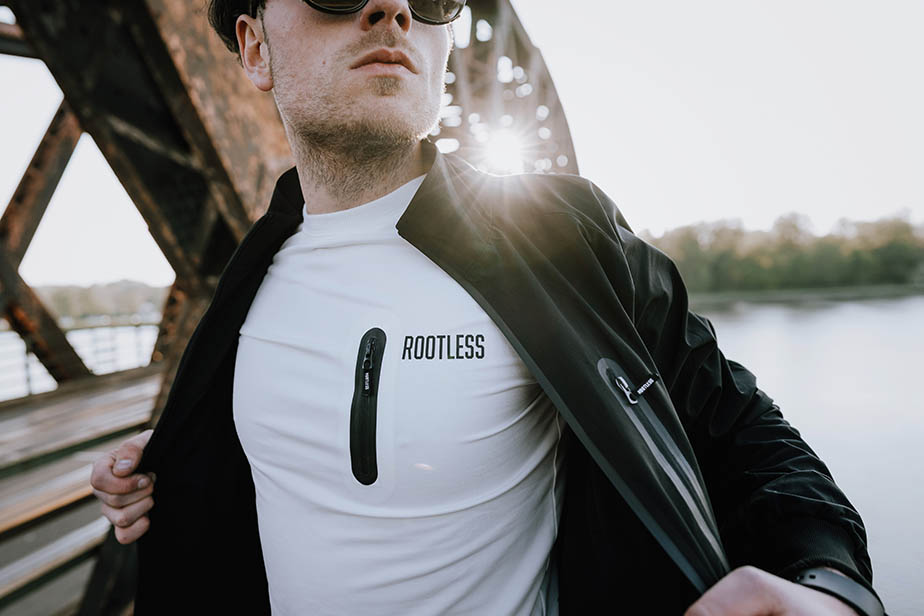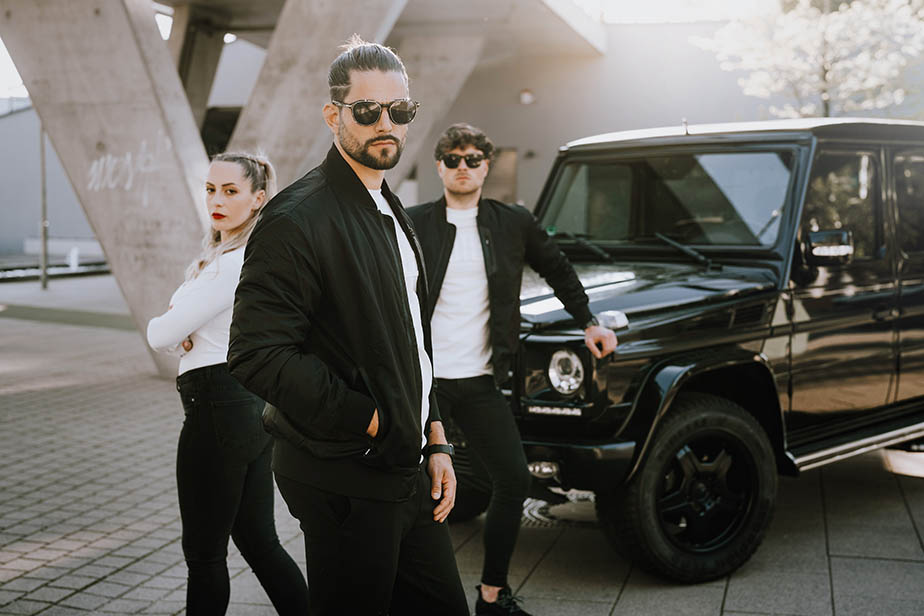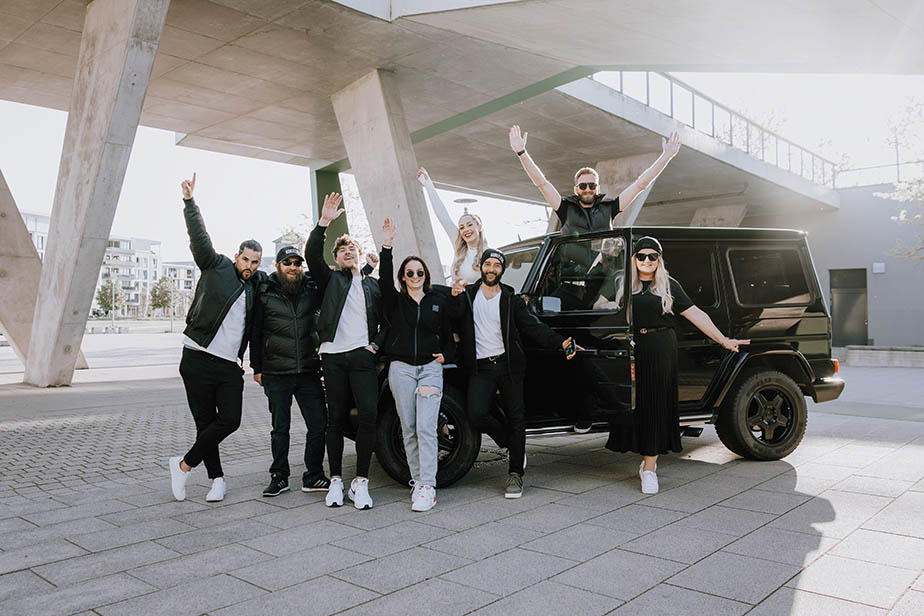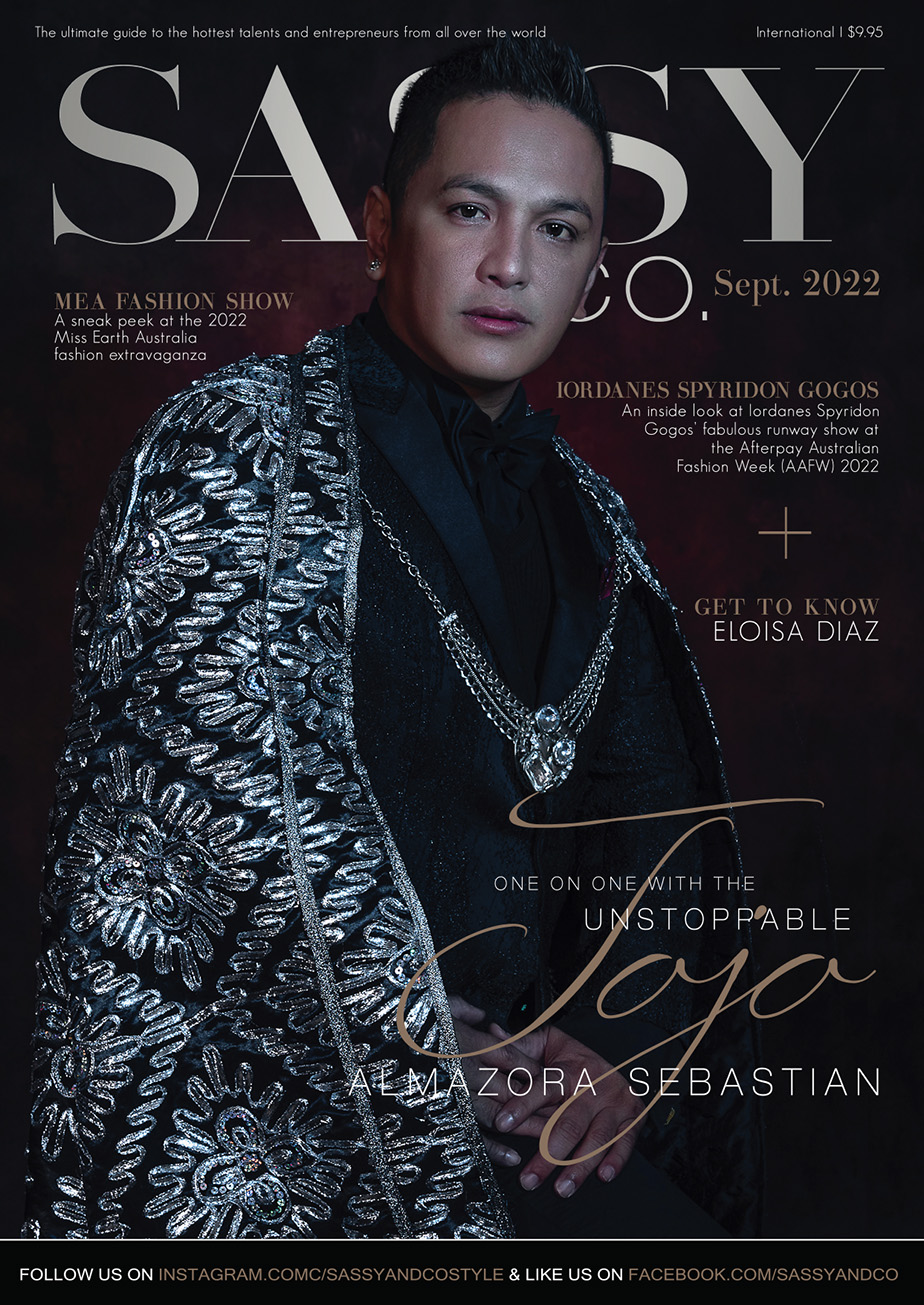
Jojo Almazora Sebastian is a Filipino-American from Kapolei, Hawaii, based in Sydney, Australia – he’s a devoted and compassionate frontliner and nurse who works in the Operating Theatre at a busy Metropolitan Hospital in Sydney. However, on weekends, this orthopaedic nursing unit manager transforms into a charming and dashing tuxedo-attired fashionista, singer-entertainer, and master of ceremonies.
Jojo has been an awardee in Sydney’s Best Dressed for the last two years due to his excellent dressing sense and confident personality. For 2021, Sydney Best Dressed Organisation has awarded him the Top Male Fashion Icon of the Year. This landed him an award for the Inaugural Ceremony of World’s Best Dressed. He was nominated for Manila’s Best Dressed for 2020-2021 to represent Australia in the prestigious Annual Event in 2022 and was awarded at the 2021 Australian Modelling and Fashion Awards. He was also named as an ambassador for Sassy and Company Clothing in 2020-2021, which endeavours to teach everyone in the community fashion sustainability and to breathe new life into old clothes through recycling and repurposing.
Jojo been quite busy in the Catwalk for the past 2 years – he participated in the runway at the Sydney’s Best Dress 2020, Australian Multicultural Fashion Festival 2021, Sassy and Co Fashion Runway 2021, Australian Modelling and Fashion Festival and Awards 2021, Australian Fashion Preview 2021 and 2022, This Is Me Fashion Show 2021 and 2022 and Miss Earth Australia Fashion Show 2020 and 2021 amongst other. Jojo recently walked for Trinity Dawson – a Sydney Designer, in the New York Fashion Week last February 2022, LAKME Fashion Show in June 2022, and the Australian MultiCultural Fashion Exhibition in August 2022. He has been invited back to grace NYFC in September 2022. The Australian Multicultural Fashion Exhibition 2022 is a concept that Mr. Rox Molavin – the CEO of RGEM Promotion and Jojo, came up with, which aims to promote social awareness and cohesion in the multicultural community through fashion.
Sassy & Co magazine recently caught up with Jojo to discuss his journey in the fashion industry, and here’s what went down:
Where do you usually shop? Are there any hidden gems when it comes to snapping up some awesome designer clothes?
There are three types of places where I shop.
1. Op shop – This is my favourite place to shop. This is where I can find hidden gems such as shoes, tops, jeans, and jewelry.
2. New and Local Designers Shops – I love supporting new designers and wearing their creations in various events I attend and host. I also love collaborating with them.
3. Shopping Centers – For me, there is still a great deal of experience you can gain by going to a shop at a centre or mall. The workers who have vast experience in fashion could undoubtedly make a massive difference between buying the correct piece that suits you perfectly.
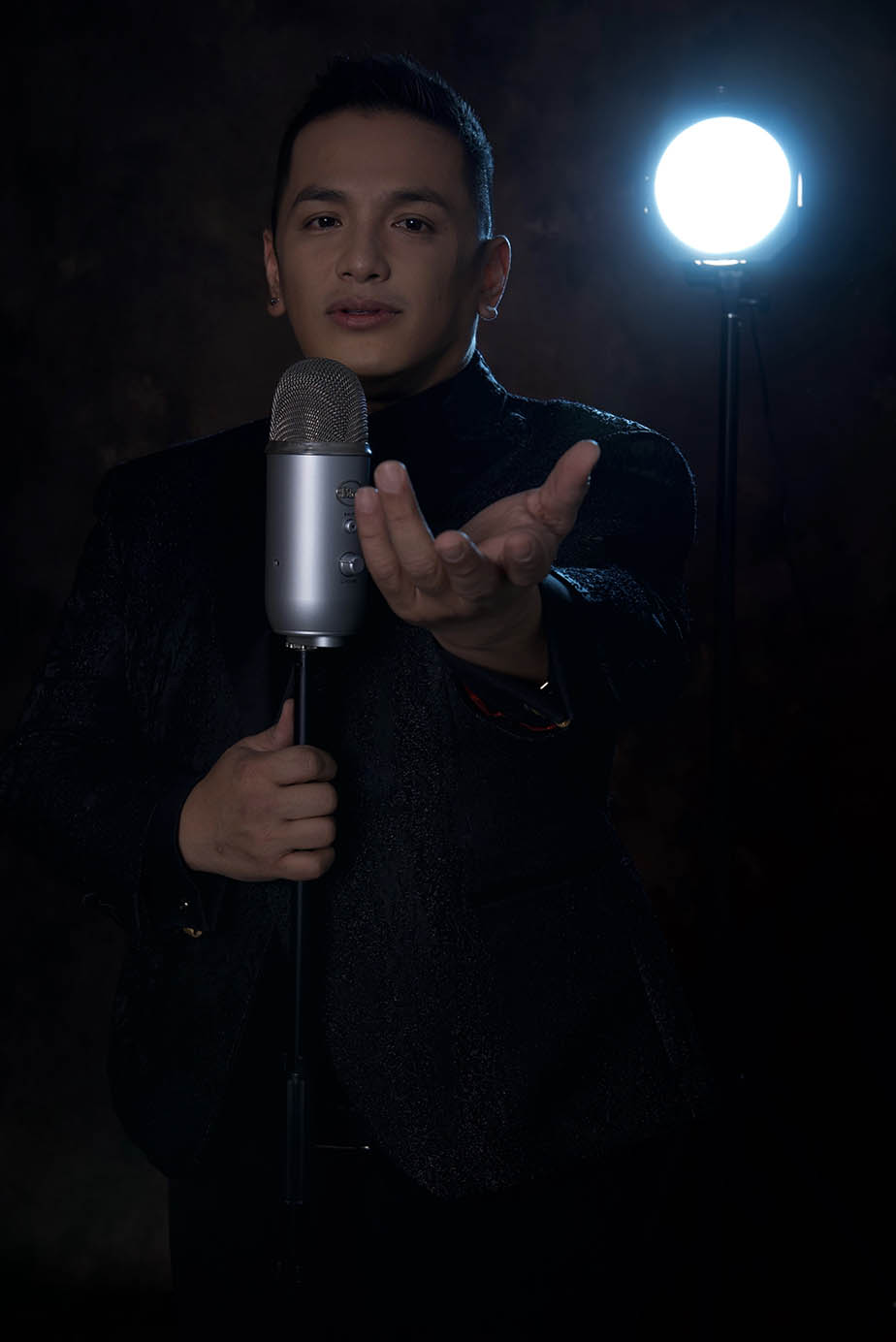
What are your top tips when it comes to fashion for the cooler months?
When it comes to fashion during cooler or winter months, here are my tips.
1. Layers are a must, so don’t ditch your trendy jackets for heavy-duty coats until it’s absolutely necessary; just buy them a size up so you can fit a sweater and down vest underneath or just simply accessorize with scarves or hats.
2. Winter Fashion and Style are not complete without great shoes. May it be boots or leather shoes.
3. Experiment with hats and trendy scarves.
However, never lose your individuality and uniqueness.
Where do you look for creative inspiration?
As a young man, I always find ways to become creative. My parents were my first creative inspiration, especially my mother, Josephine Almazora Sebastian – who is a very creative person.
Although, creativity came easy to me because I love to sing, dance, act, paint, host, fashion, and everything in between. At a young age, I always raised my hands whenever there was a chance to do anything that allowed me to flex my creative muscles, especially in fashion. Creative inspiration can come from and be seen everywhere, so my inspiration comes from all different aspects of my life, including fashion.
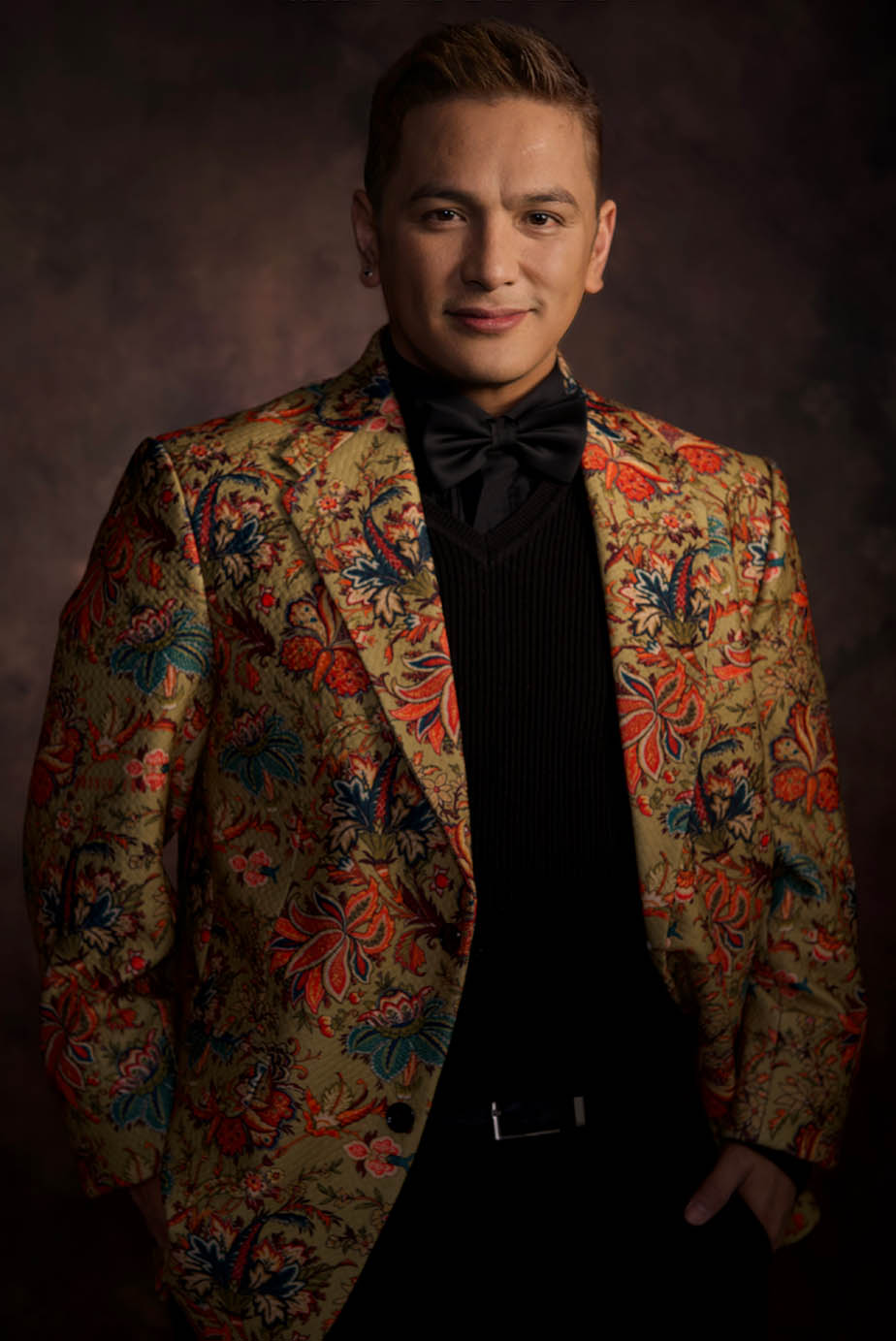
Is it hard to stay fashionable?
Honestly, NO it is not hard to stay fashionable, although it can be challenging at times. However, staying true to your fashion, passion, and yourself should not pose any problem. Another thing is to keep self-reinvention a part of your routine when keeping in fashion.
How do you walk the line between being unique and having commercial appeal?
There is a very thin line between keeping your uniqueness and still having that commercial appeal. Personally, I always go for what I would like first before thinking about its commercial appeal because, at the end of the day, my luxury, comfort, and style are at stake. For me, commercial appeal and viability become secondary. When I walk out with an out-of-the-box piece of clothing, I just give it my own unique flare of confidence and attitude, thus, providing it public appeal. So far, that has not failed me.
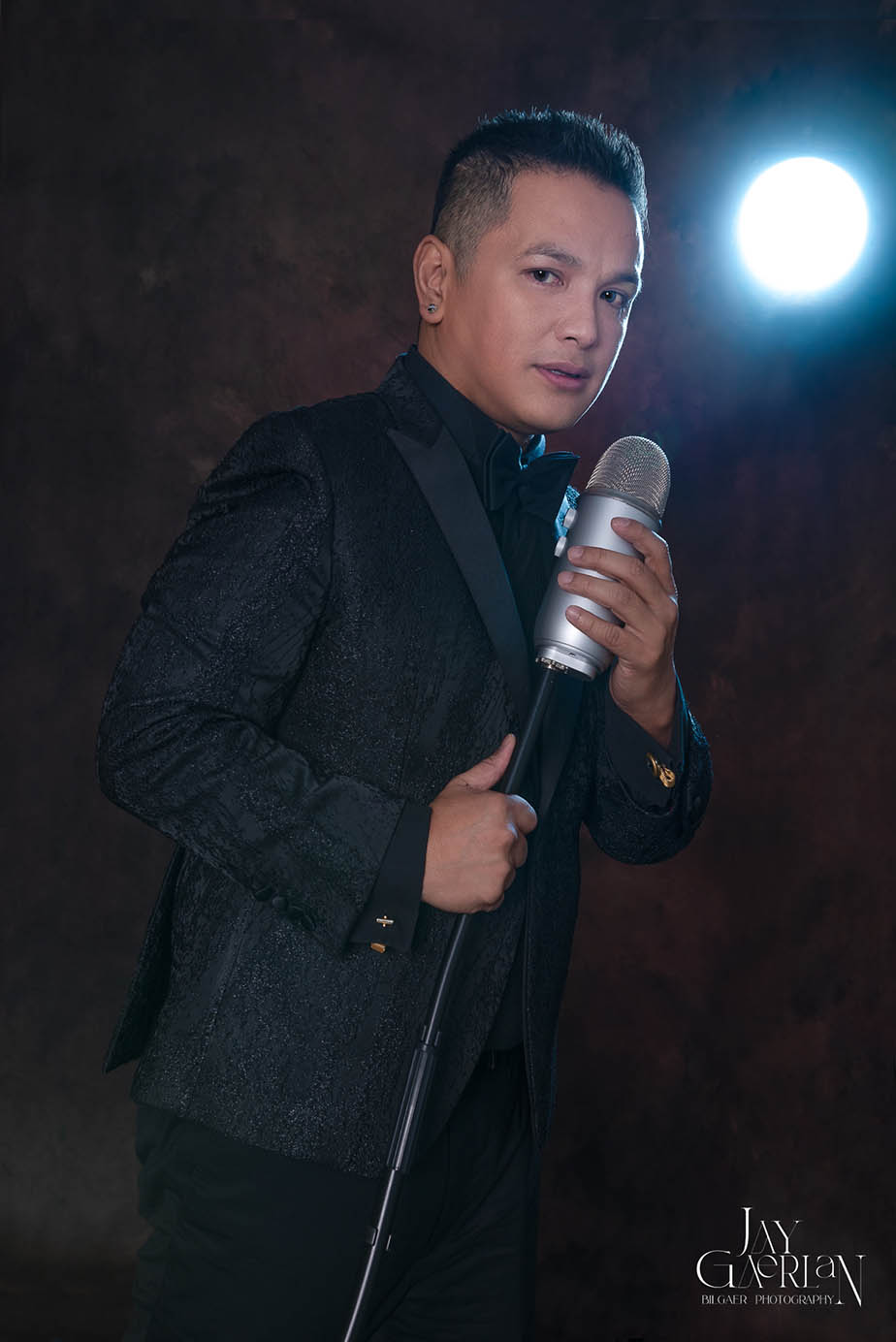
Are there any key trends you’ve seen for this year?
For 2022, I find that bright colours and comfort are going back in trend. So many designers are going back to basics, which are great for commercial and public consumers.
What do you think about the state of fashion today?
In general, I believe fashion is in an excellent state today. But there is definitely a lot of debate regarding the state of fashion. And I believe that actually what makes it great. So many new designers are coming out with new ideas of what fashion should be. Well-known designers are making their creations more affordable for the public to gain access to. I guess we can consider this the new golden state of fashion, as everyone can access fashion in the manner they would love.
What are the clothes we can rid our wardrobes of that are considered very ‘last season’?
As we all know, as we enter the new age of fashion, we are also dealing with fashion waste which is relatively related to one another. Personally, I do not believe getting rid of wardrobes just because it was considered last season. One of my advocacies is to endeavour to teach the community about fashion sustainability and to once more breathe new life into old clothes through recycling and repurposing. Only when I find that I could not do anything else with a piece of clothing, I get rid of it by sending it off to my relatives in the Philippines. NO WASTE HERE.
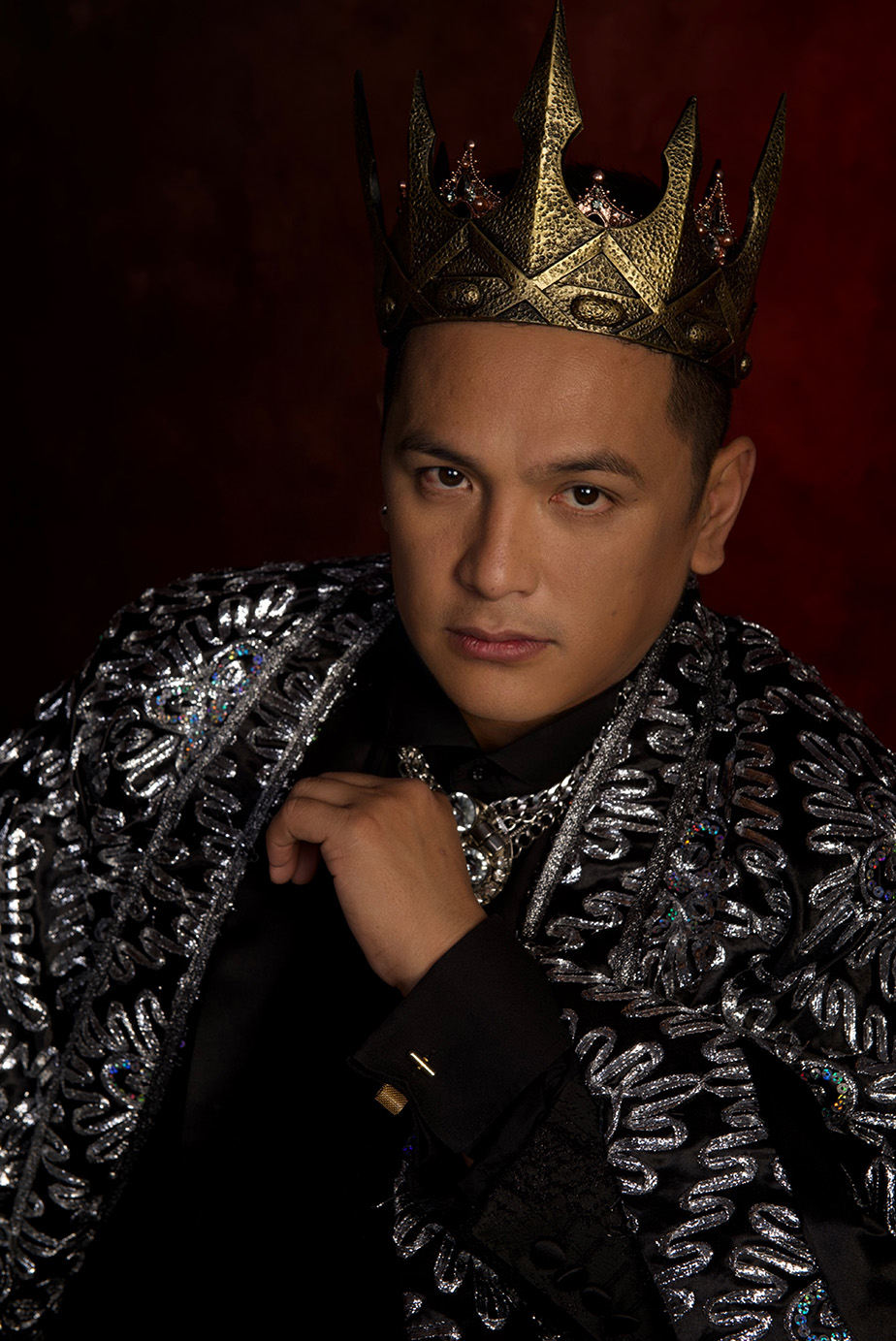
What fashion advice would you give an emerging fashionista?
I would advise them to keep their uniqueness and passion together whilst exploring and discovering their true selves in terms of their fashion.
Photos By: Jay Gaerlan / HMUA: Marilou Bautista / SkinCare: Chocolate Day Spa / Model: Jojo Almazora Sebastian

